“Studying fine art brought me back to the ground. I learned that I have to work very hard,“ remarks the dinty Zora Star Cahusac Mann . Her delicate face is framed by her strawberry blonde hair, which she was once famous for. At the age of 32 she had already worked for two decades. First as an international model and secondly as a visual artist. As a painter, she carries her father’s surname: Mann. In her former career she became well known for with both of her first names. “Zora Starr”, the double “R” was a spelling mistake. She was booked for a range of modeling jobs, from a teenage magazine covers to a Chanel campaign.
Before this glamorous career, Zora had seen a lot. Her parents are from Africa and were Sannyasens who followed their guru Osho throughout half of the world. Zora was supposed to wear orange clothes for a while and later tried to hide this part of her past. She became independent at an early age and lived as a teenager in Paris all by herself. With such a wealth of life experience, her career as a painter and artistic practice acts as her foundation. A recurring phrase that she carries with her through her personal is simply: “Move your feet when you pray.”
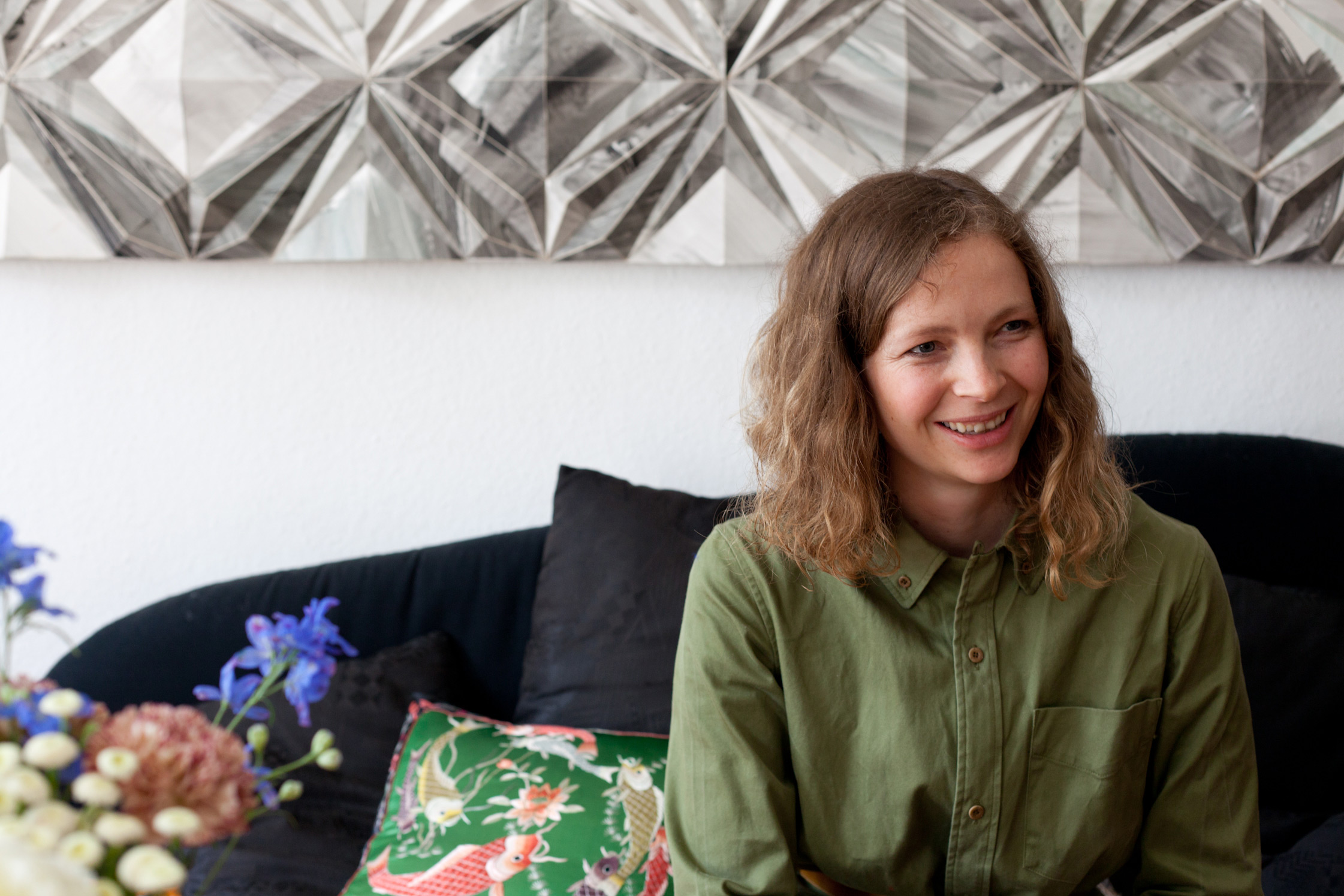
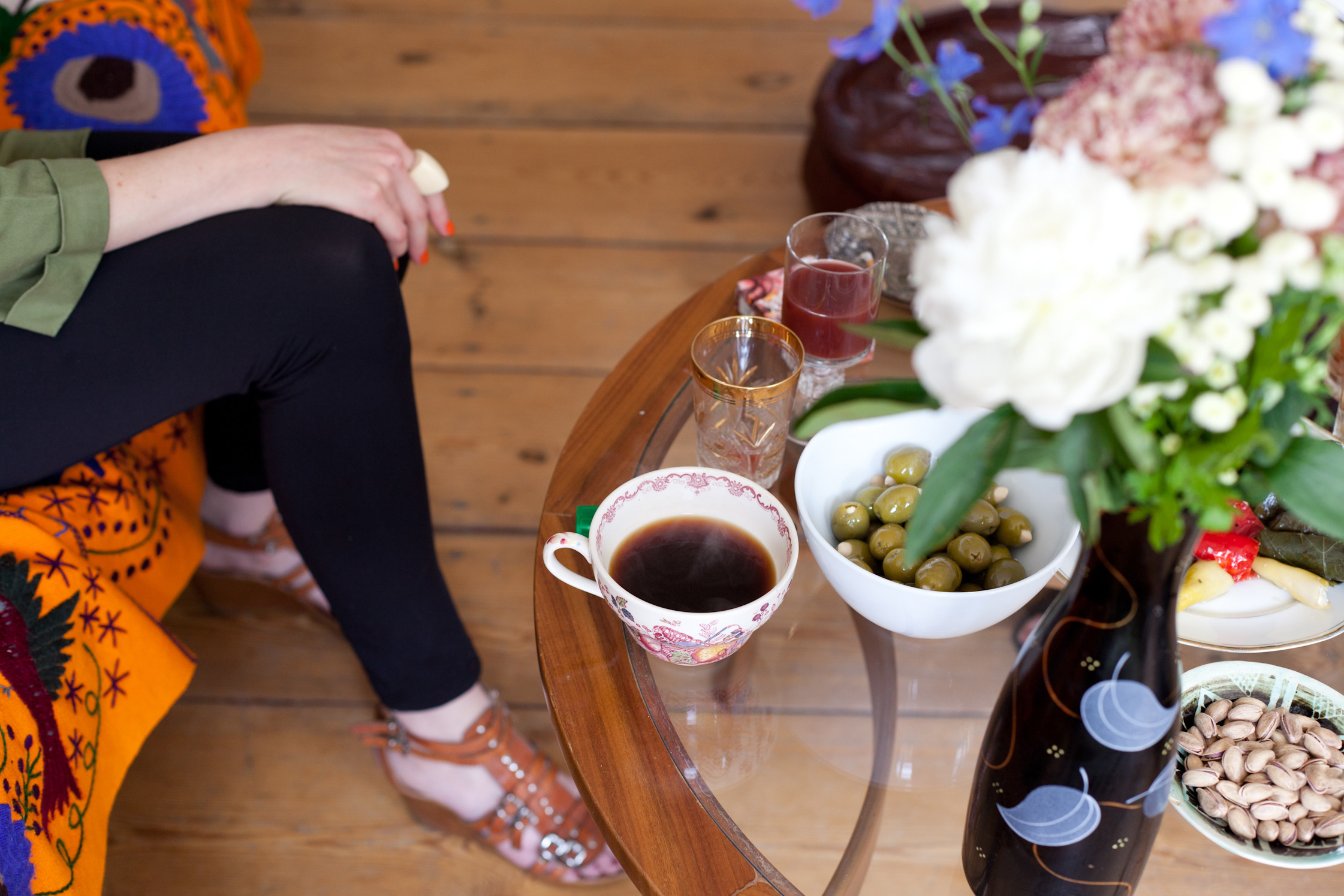
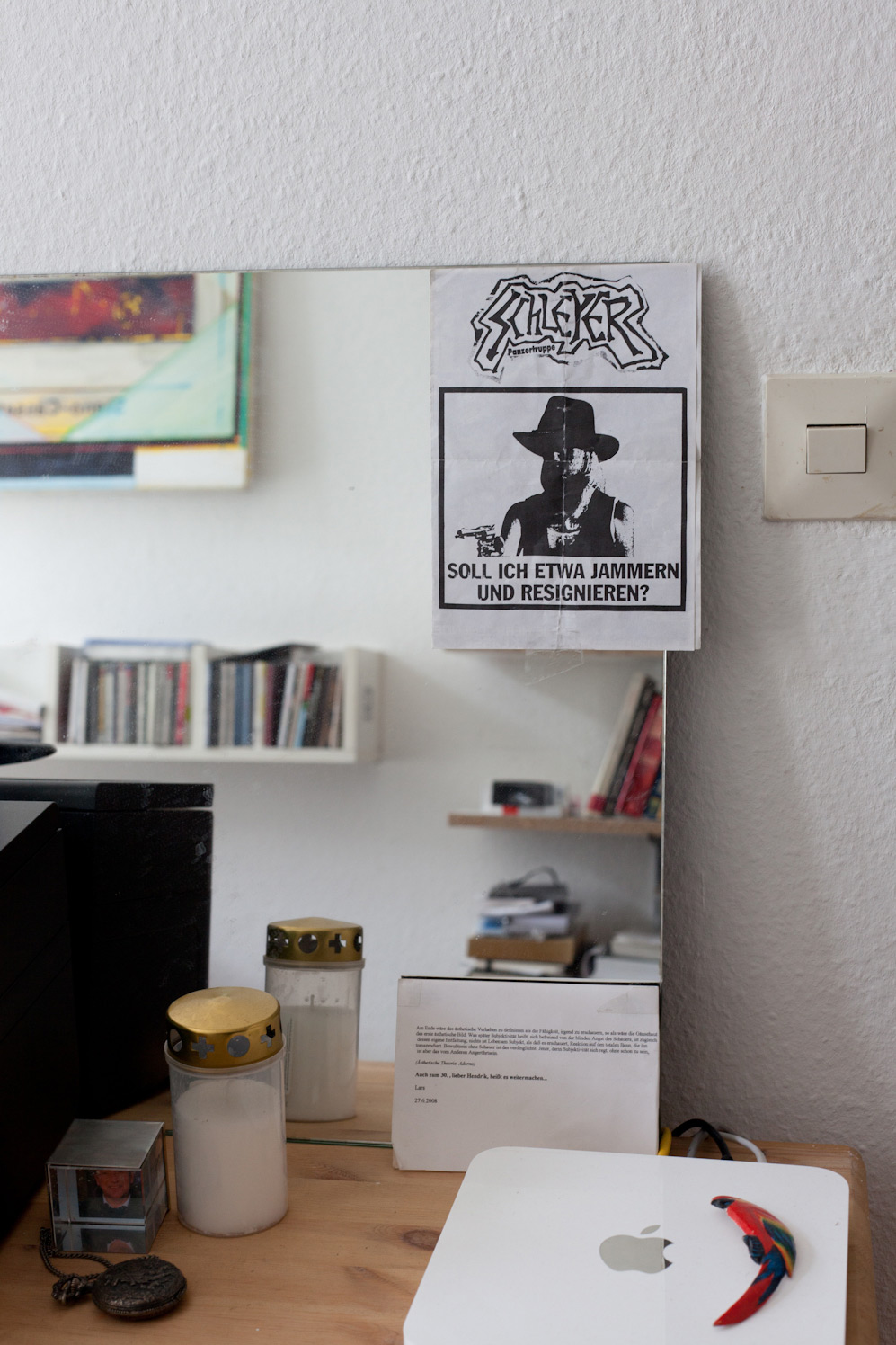
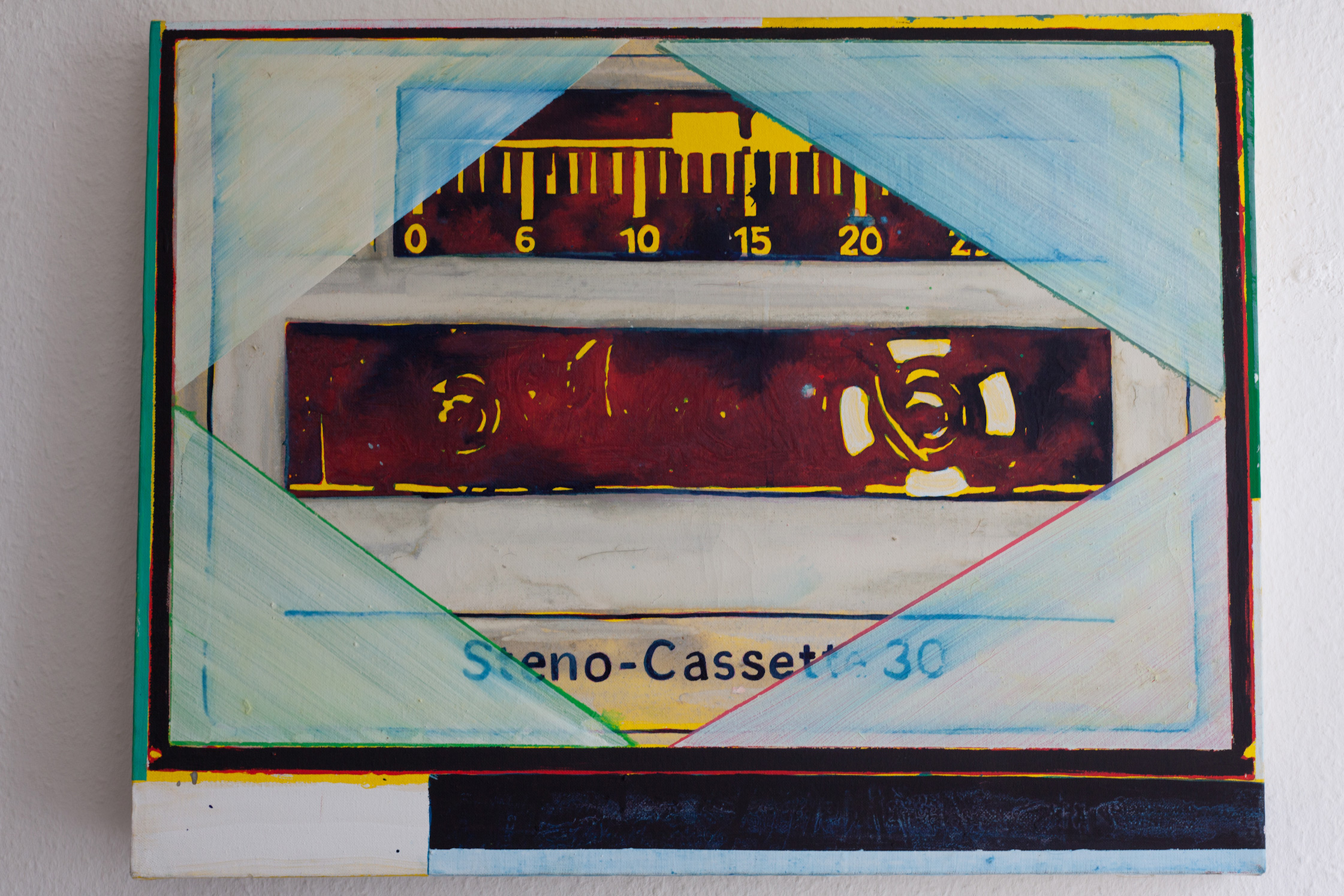
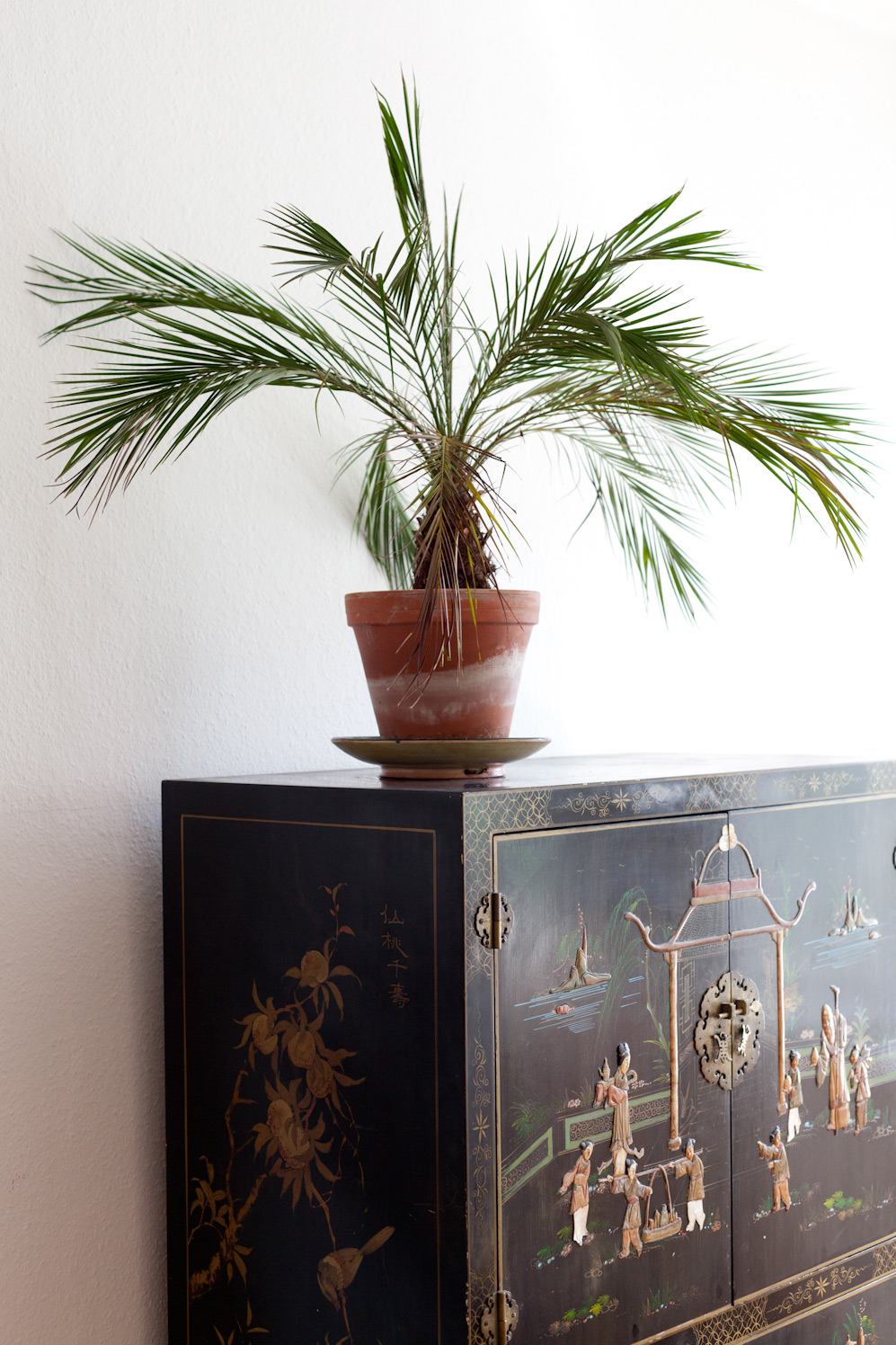

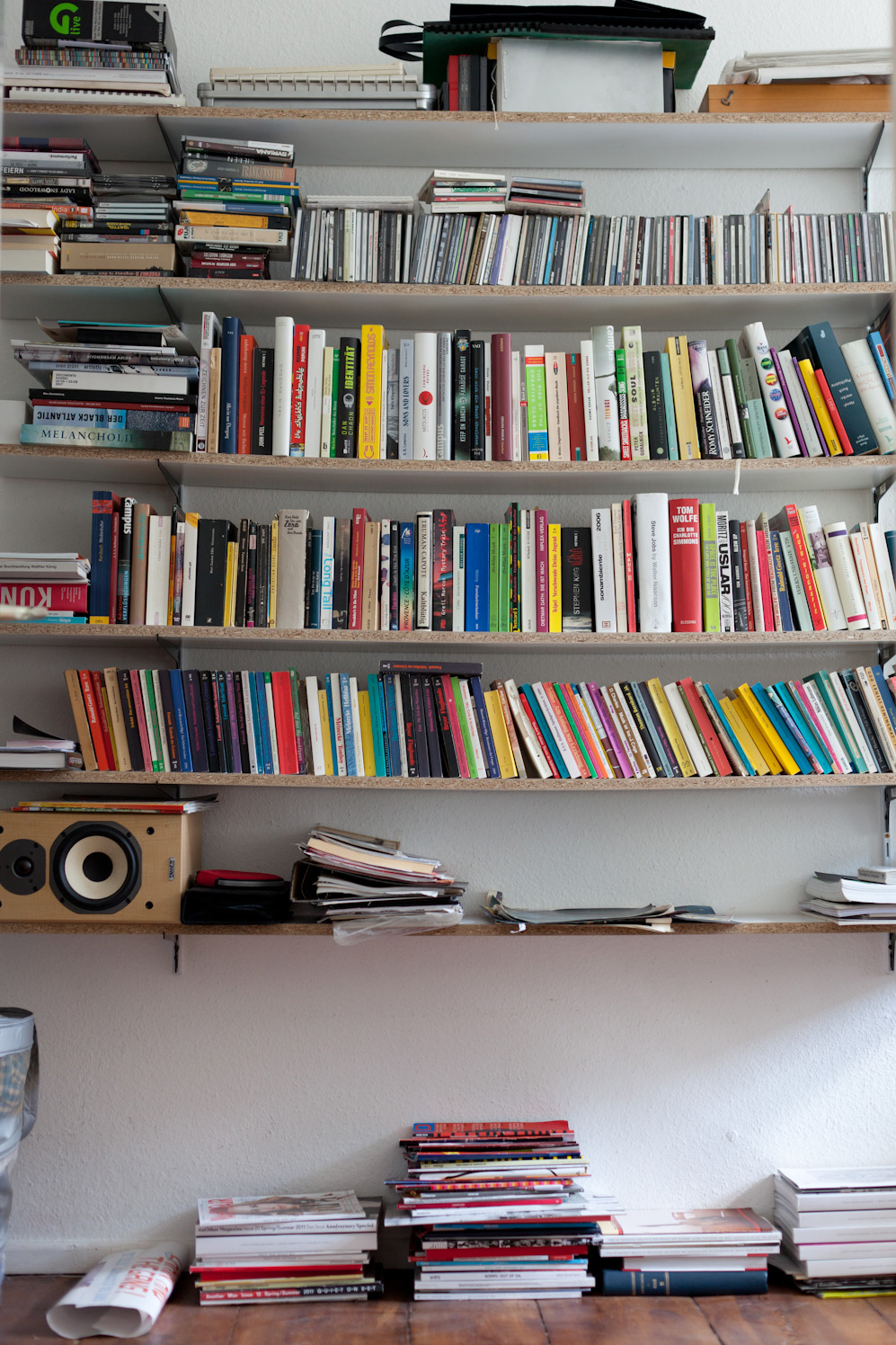
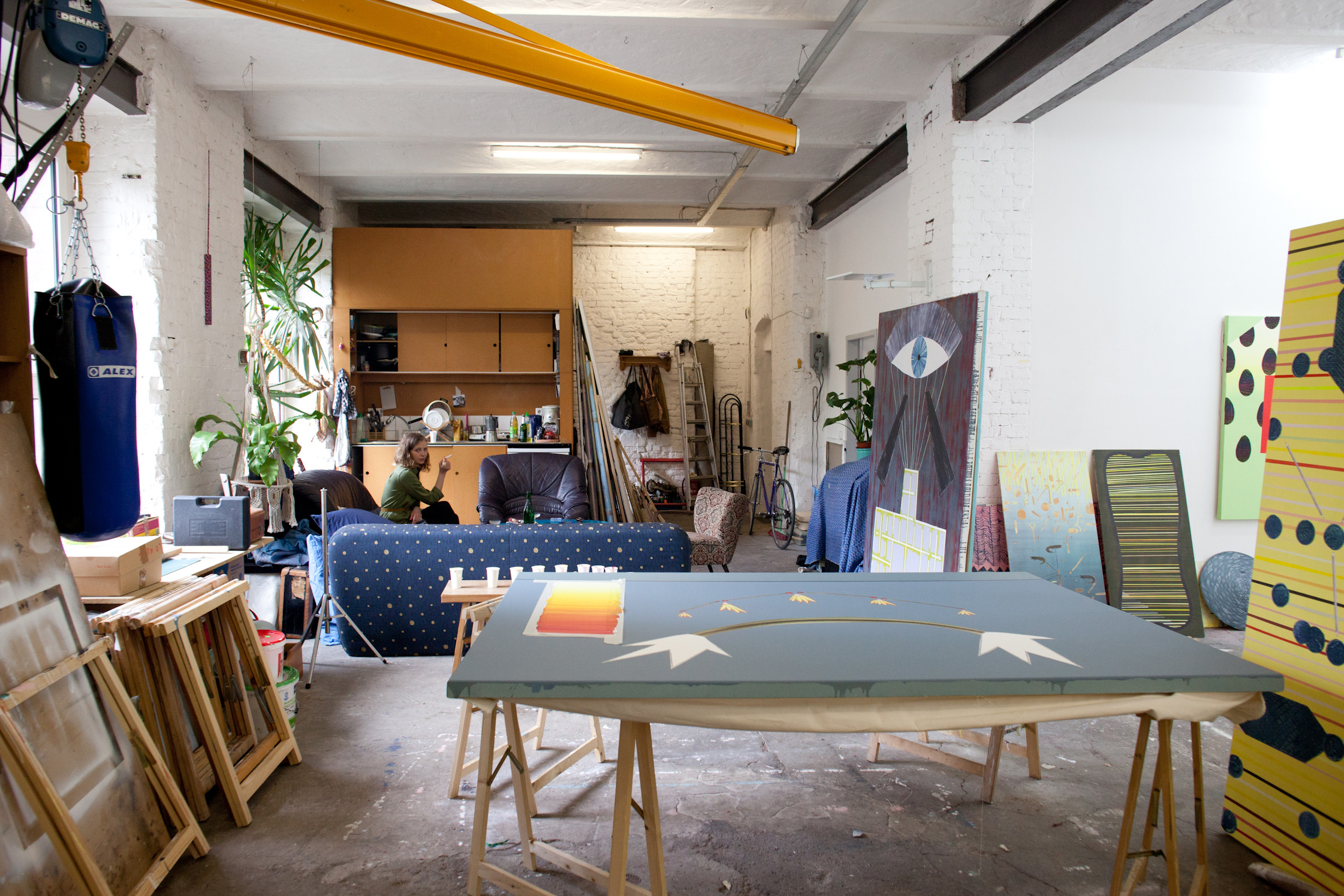
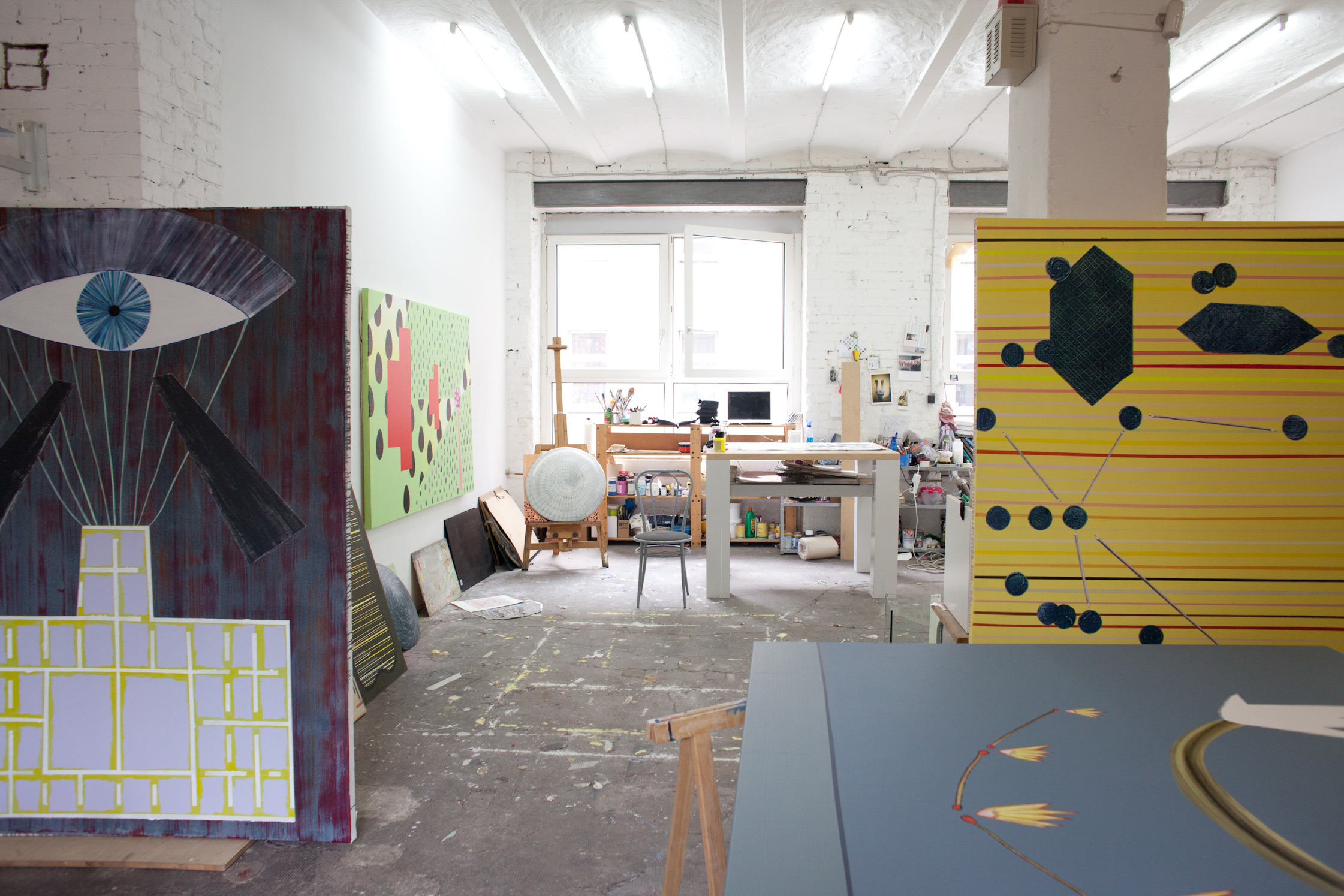
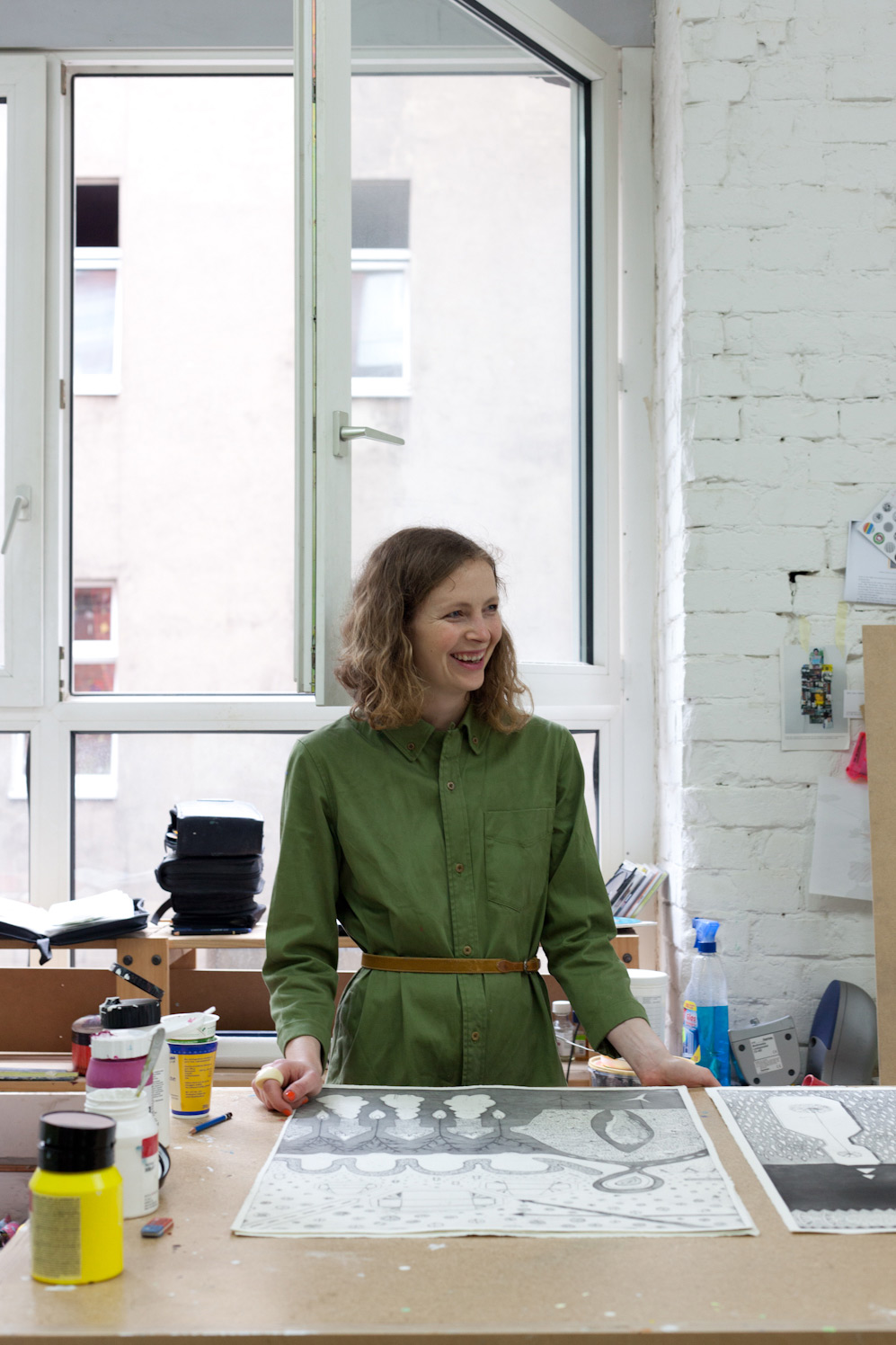
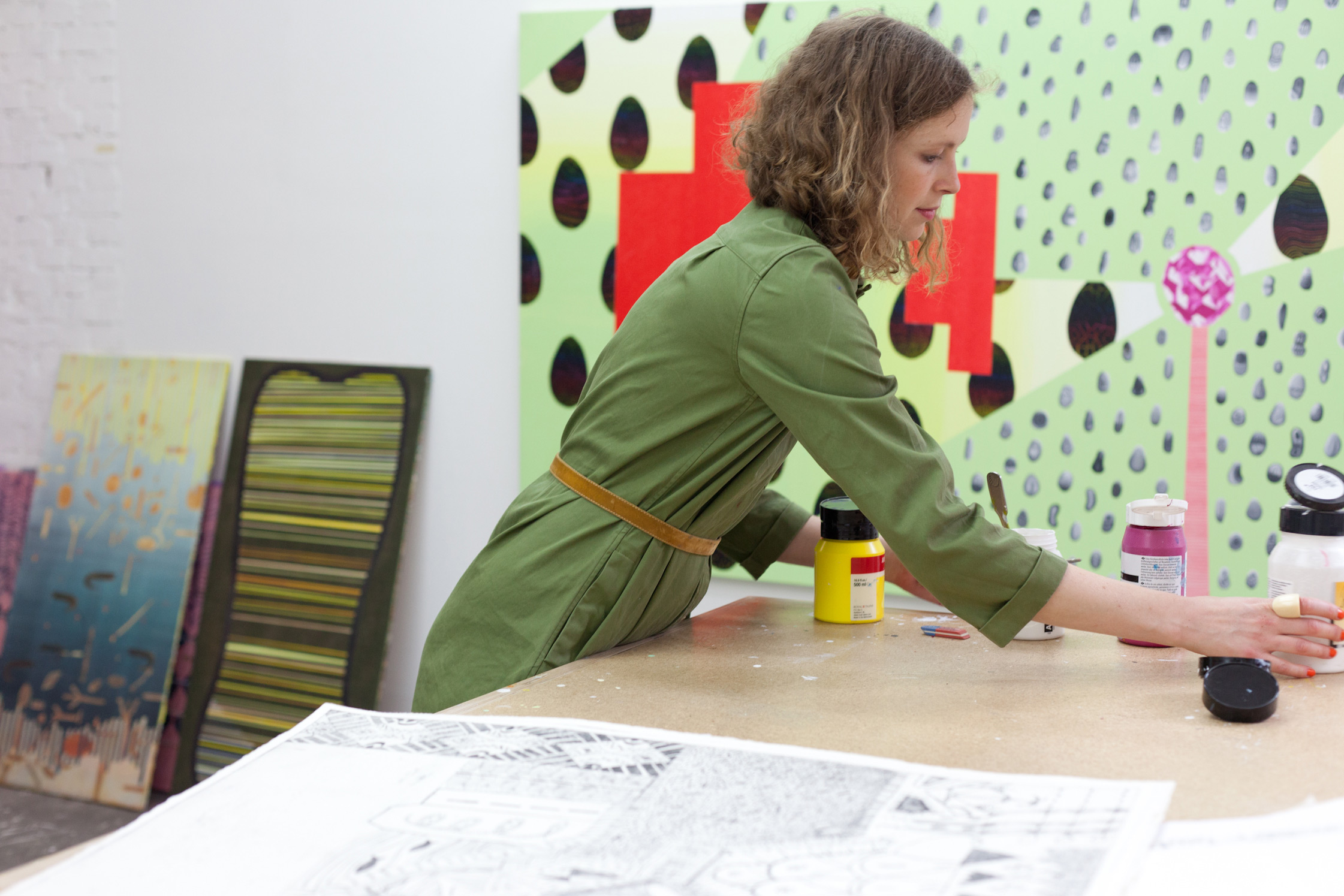
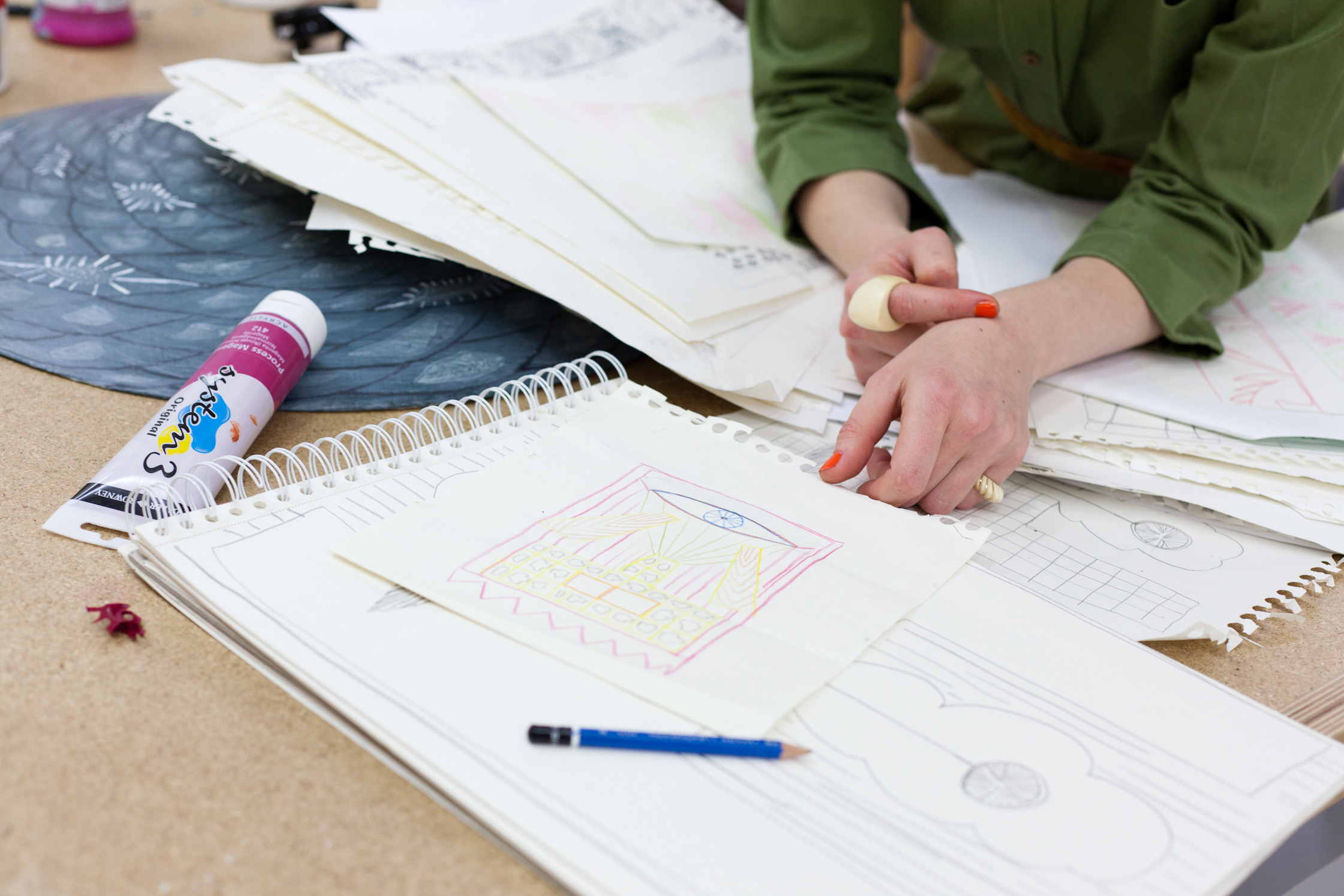
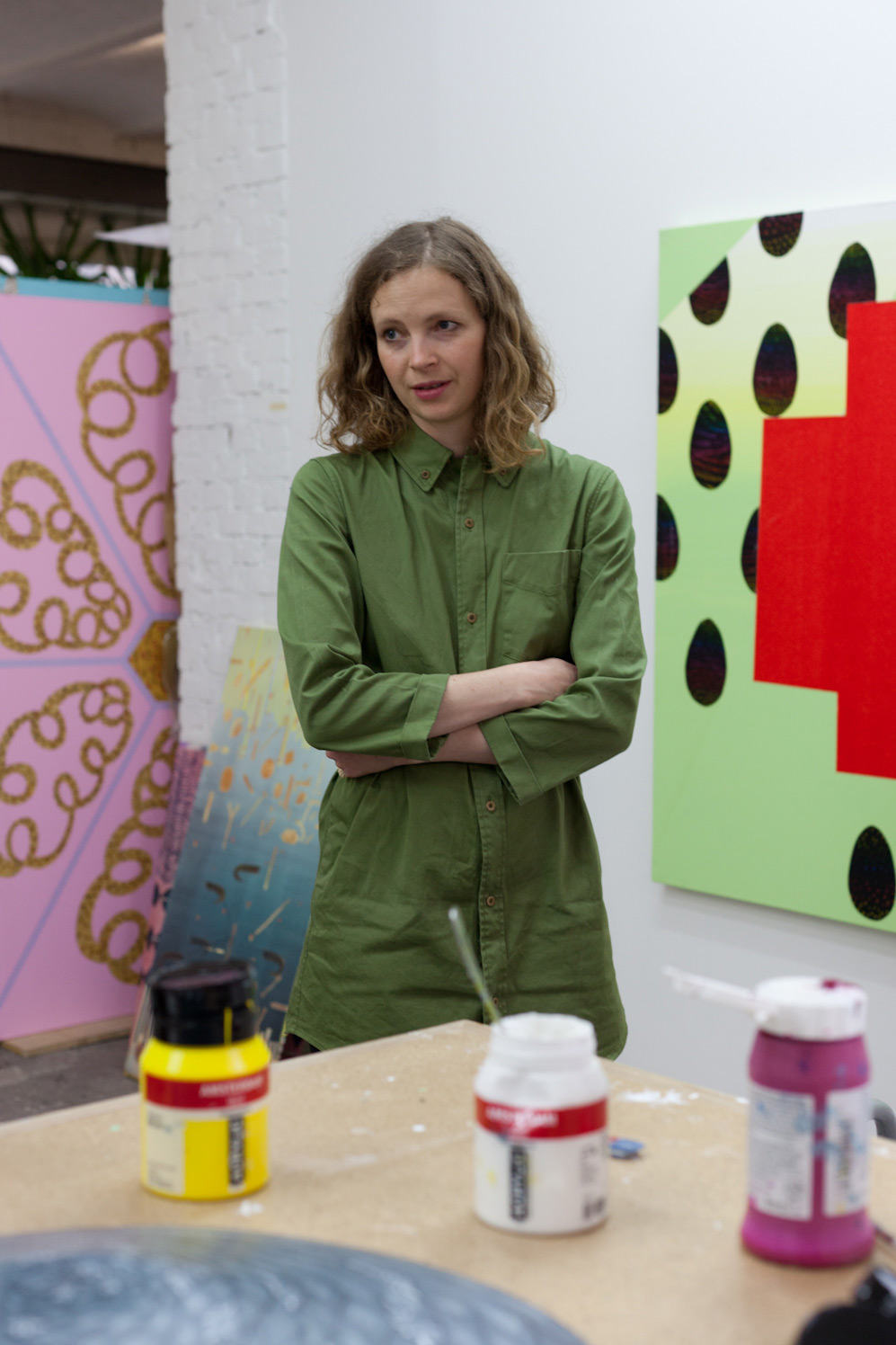
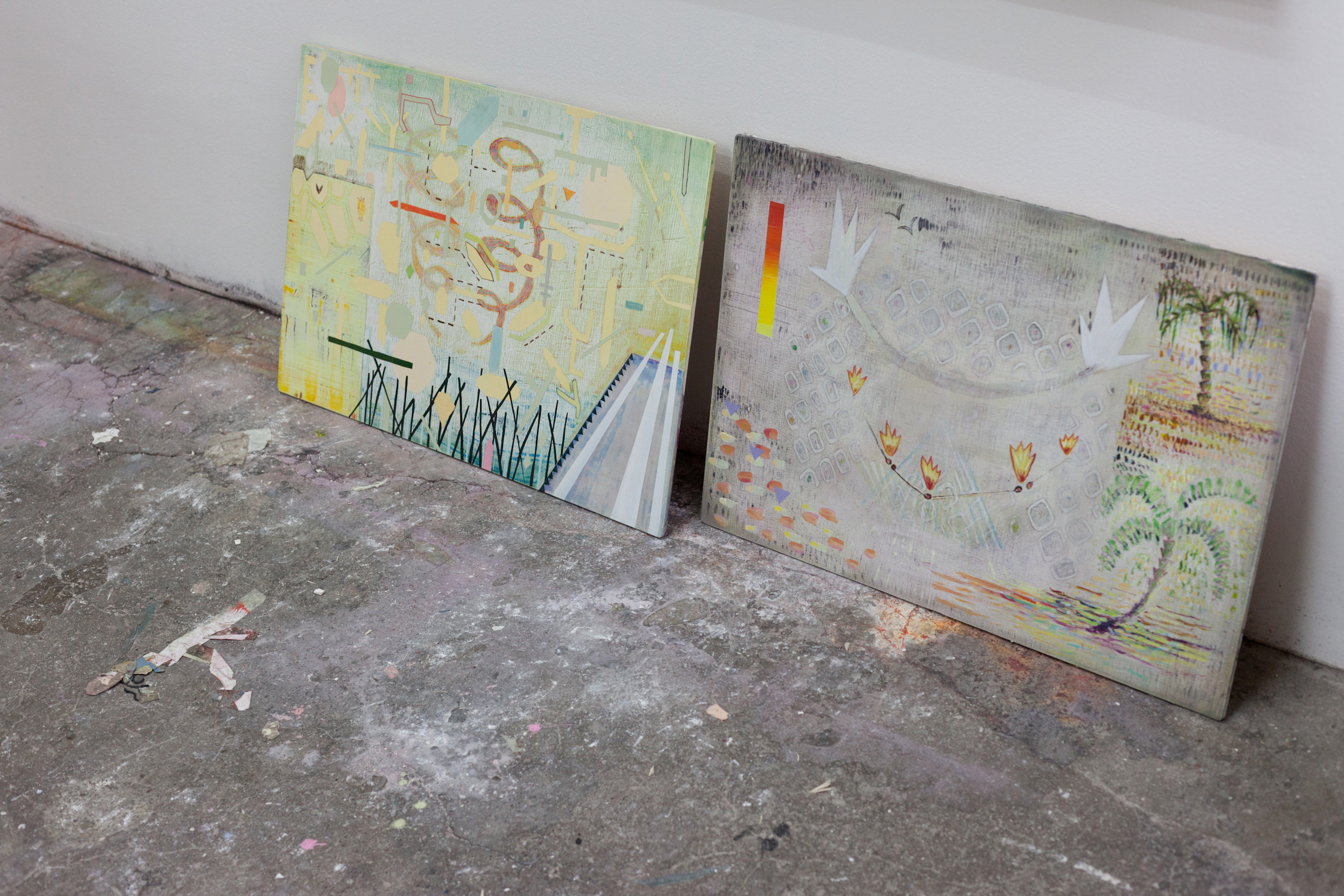
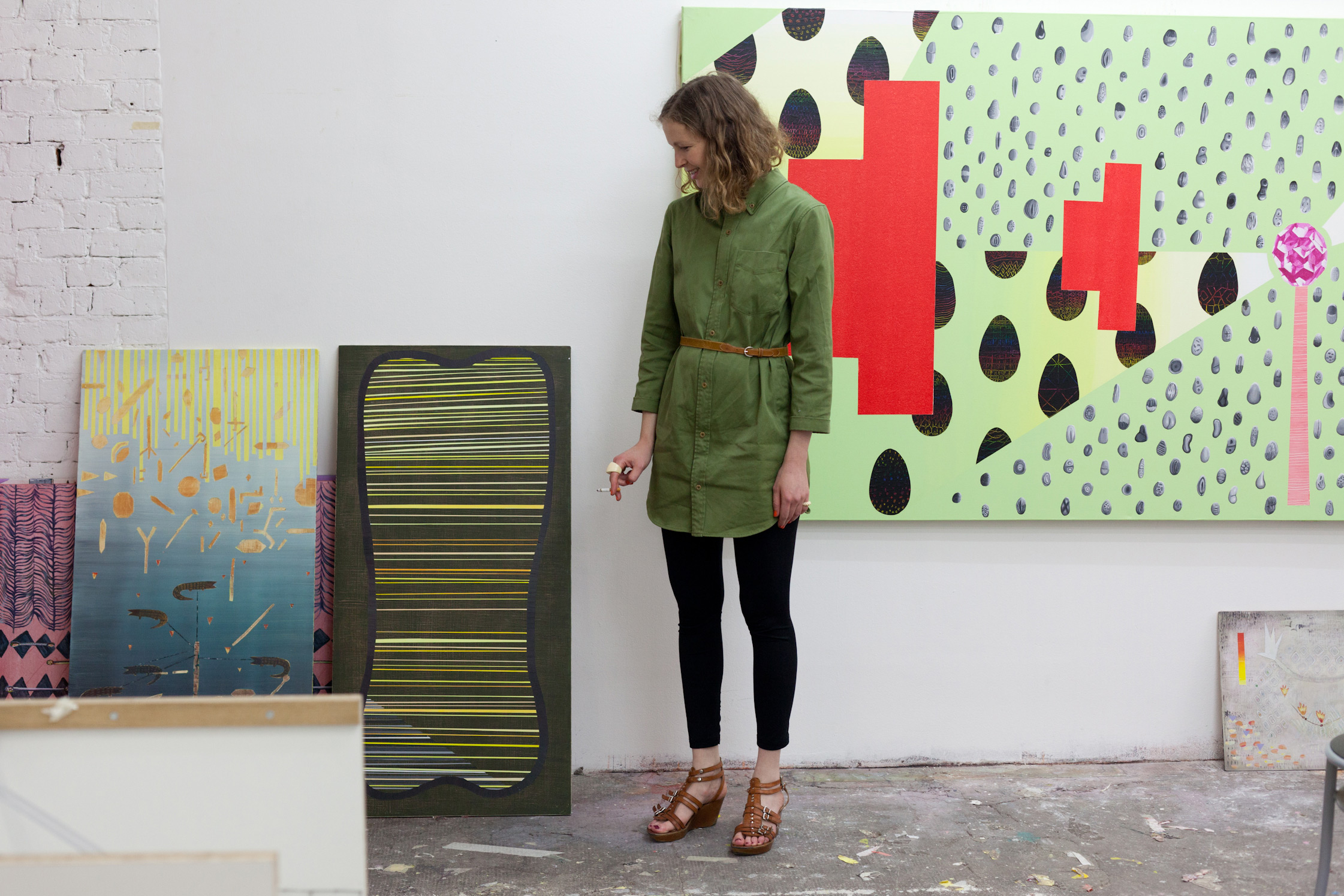
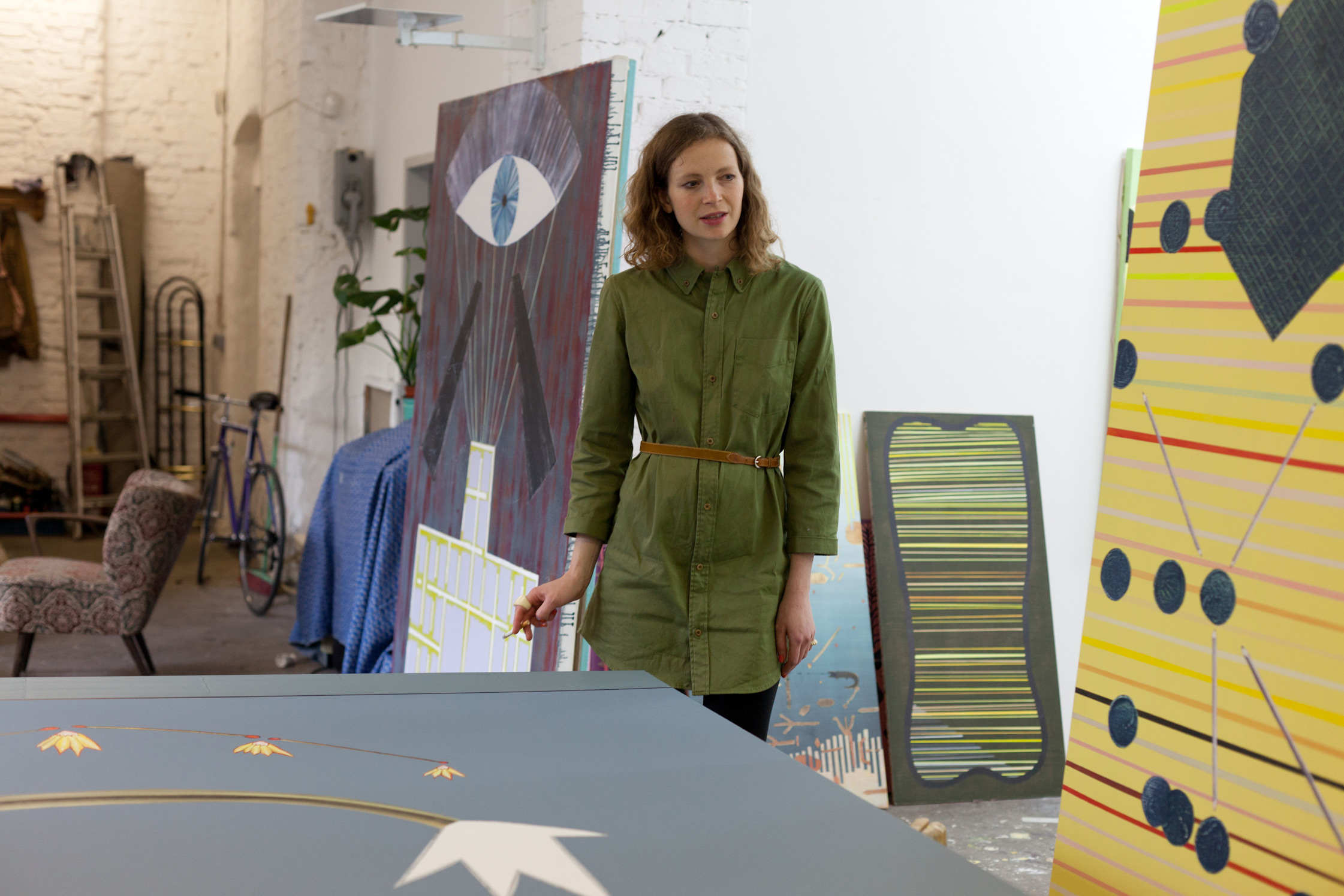
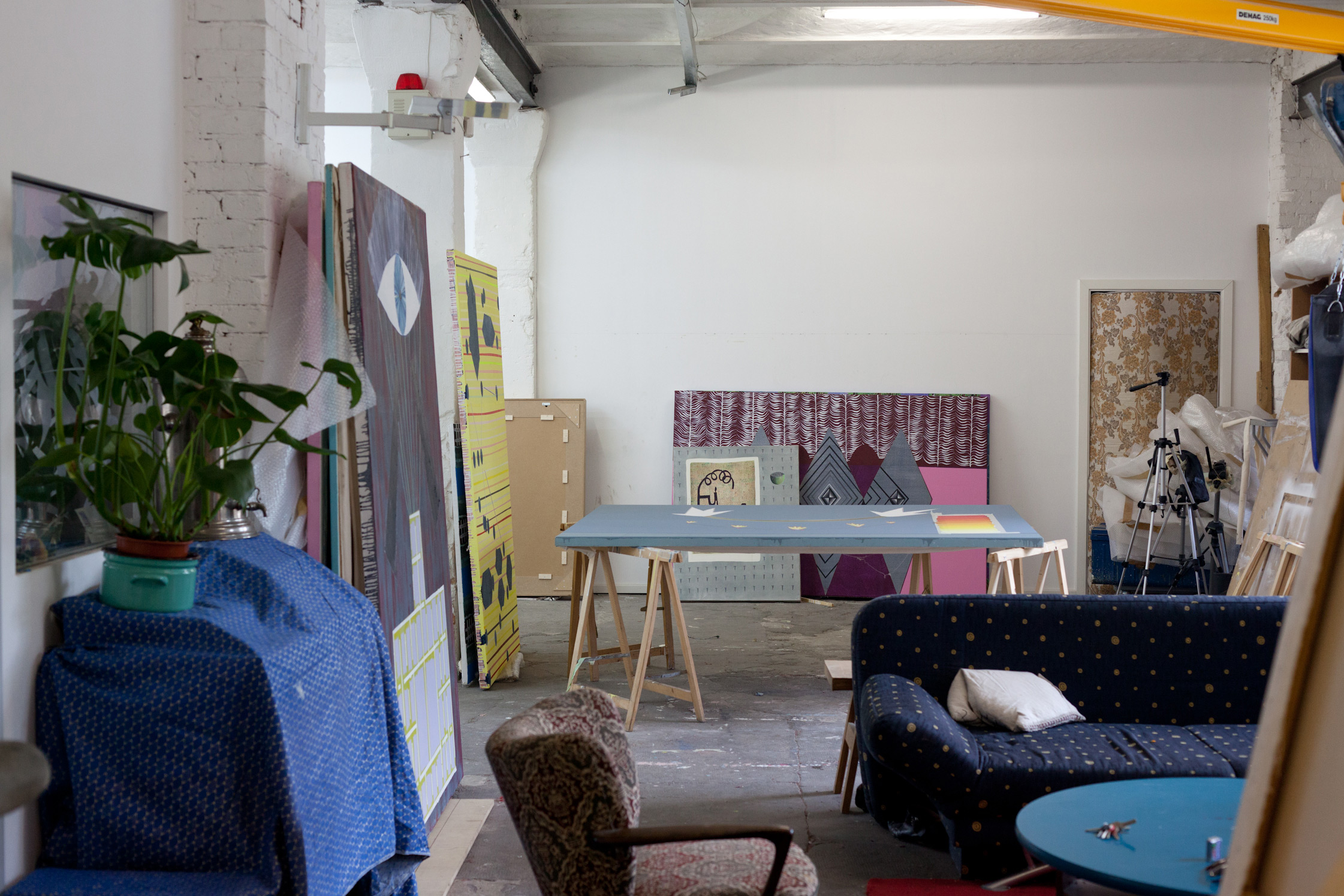
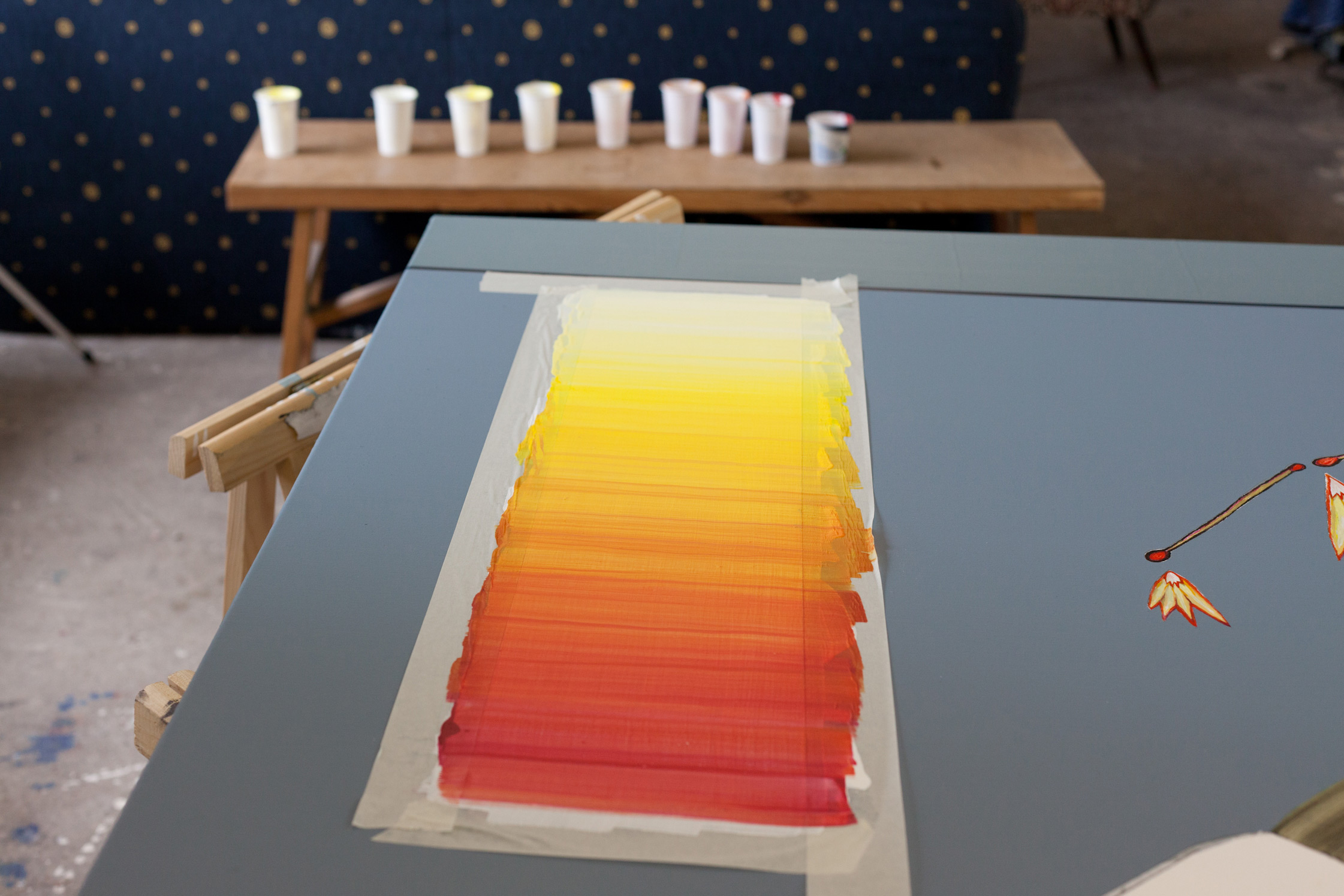

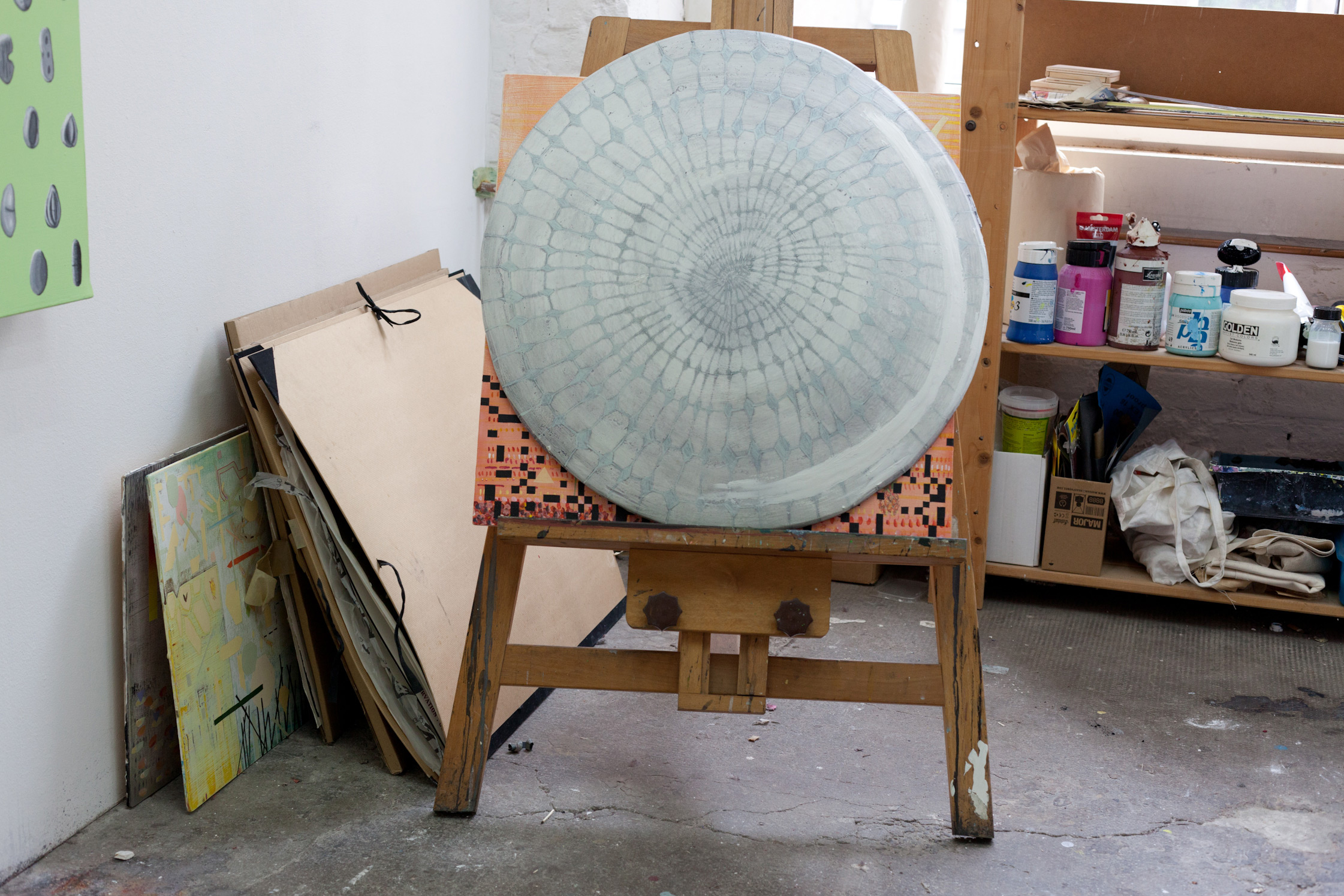
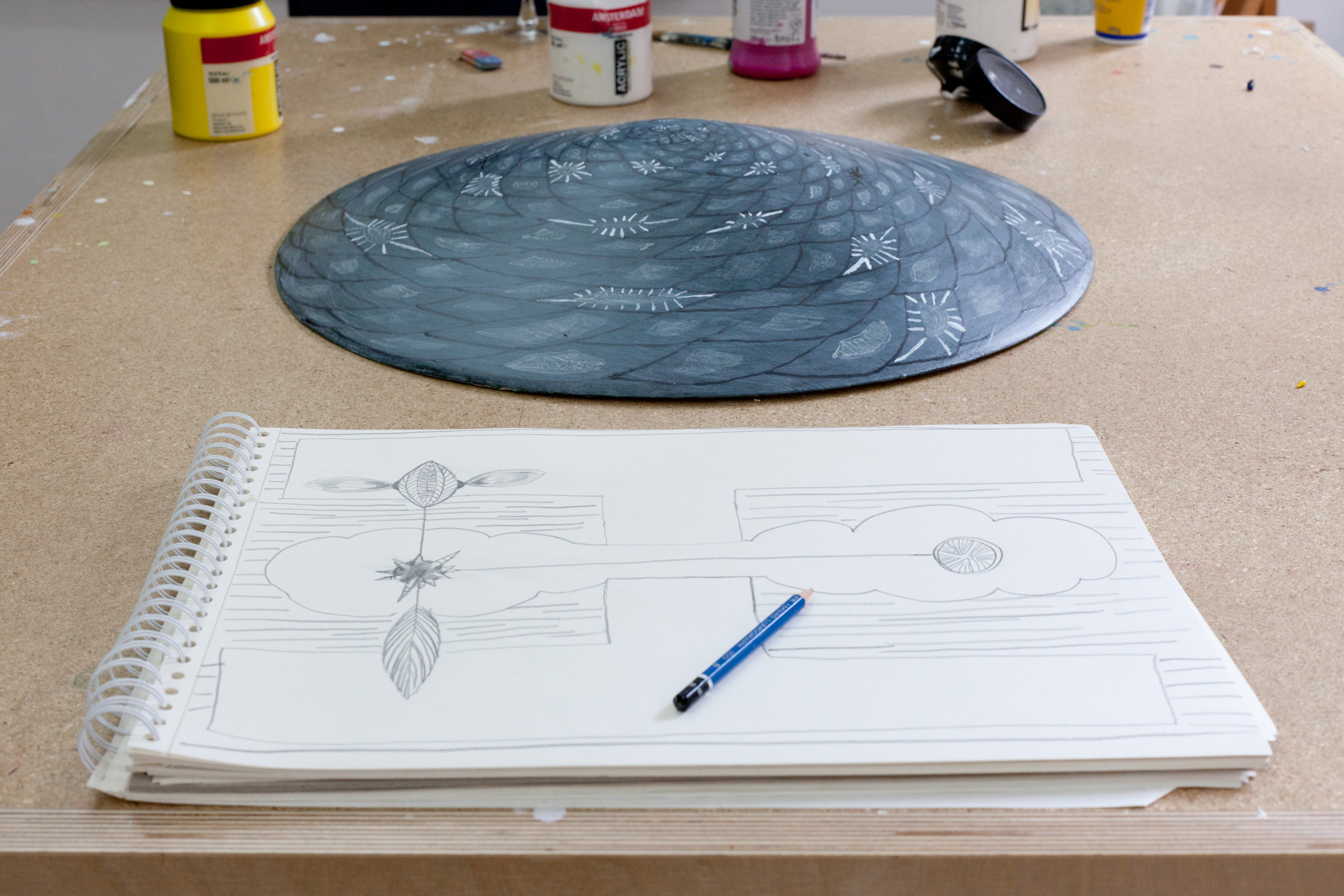
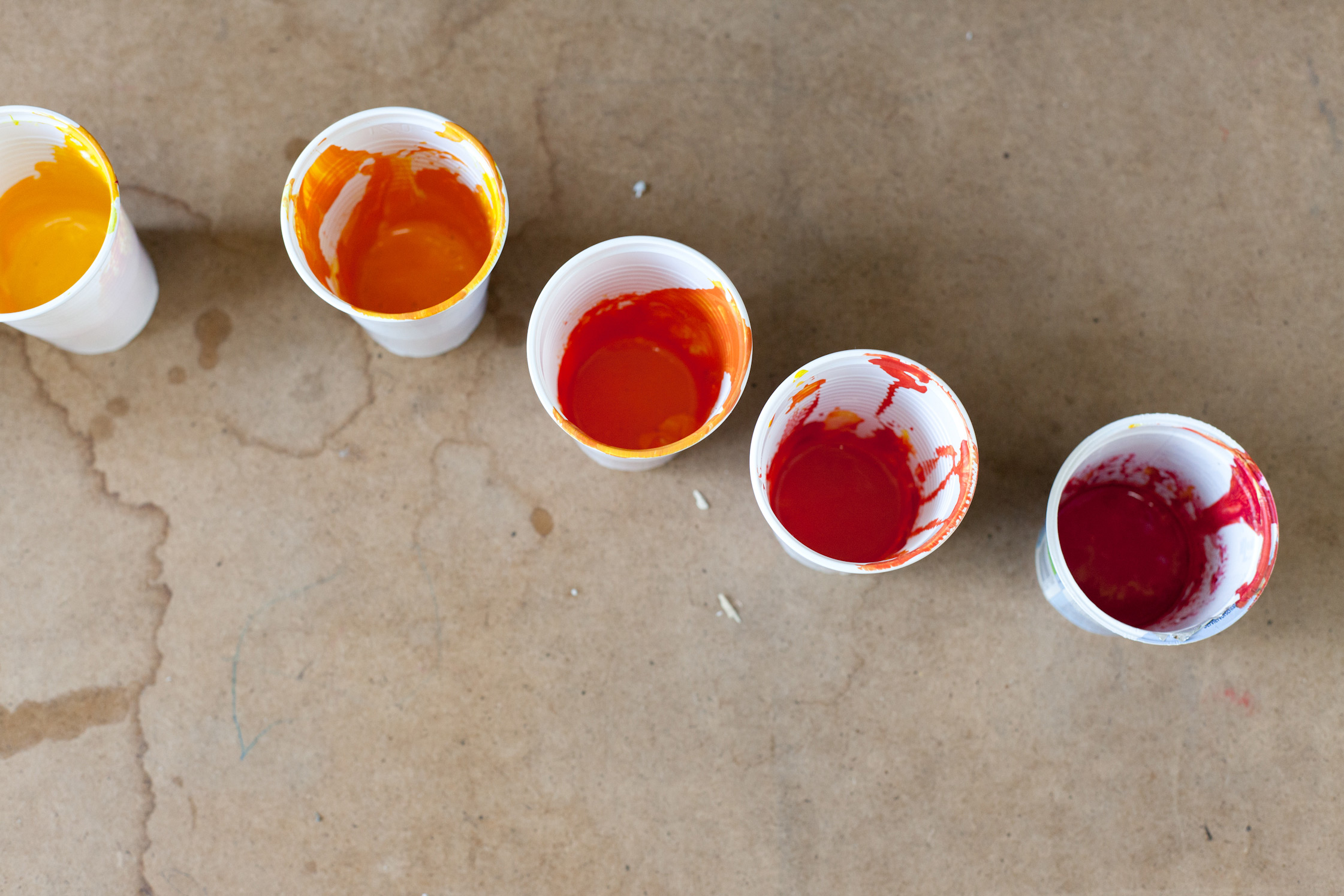
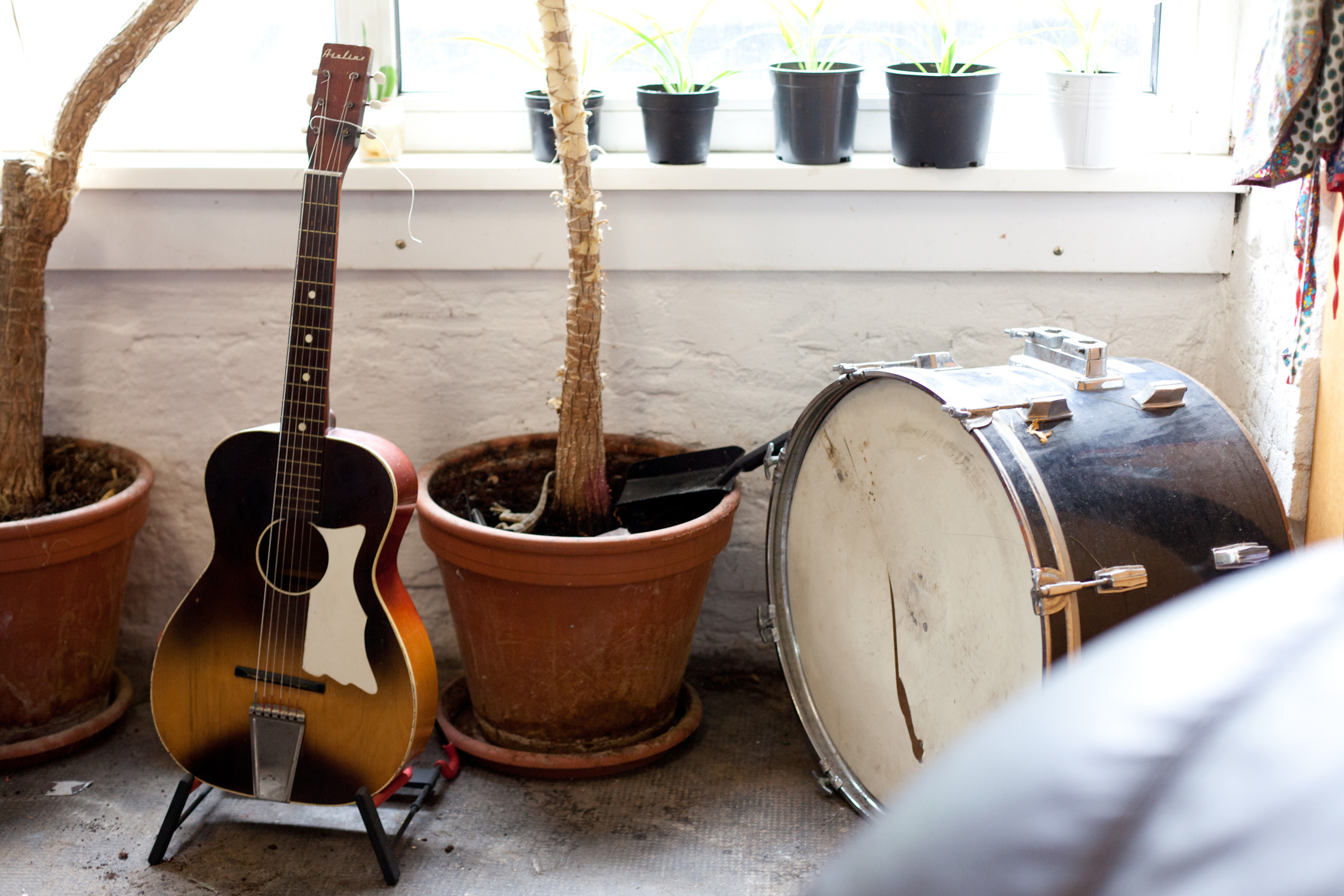
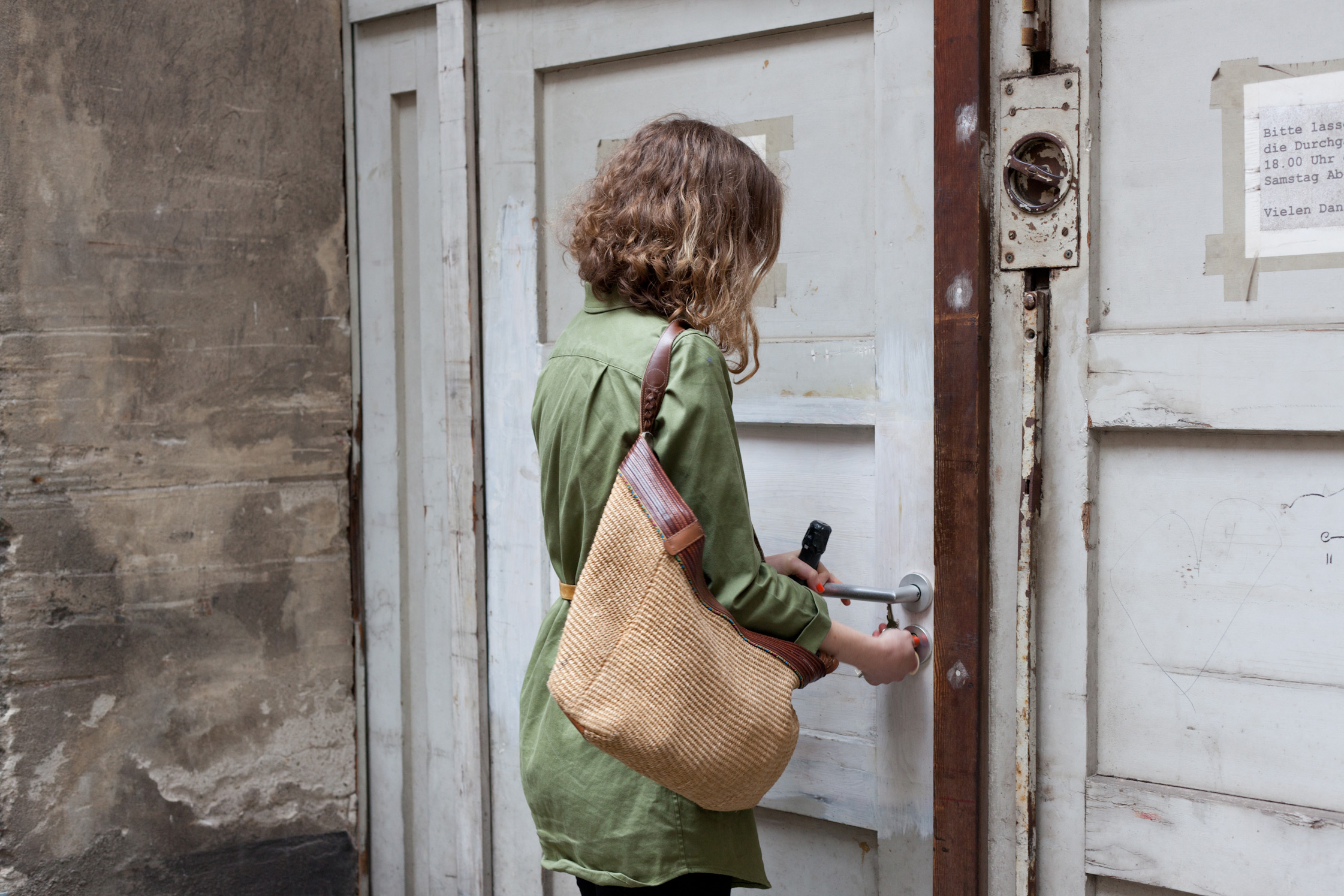
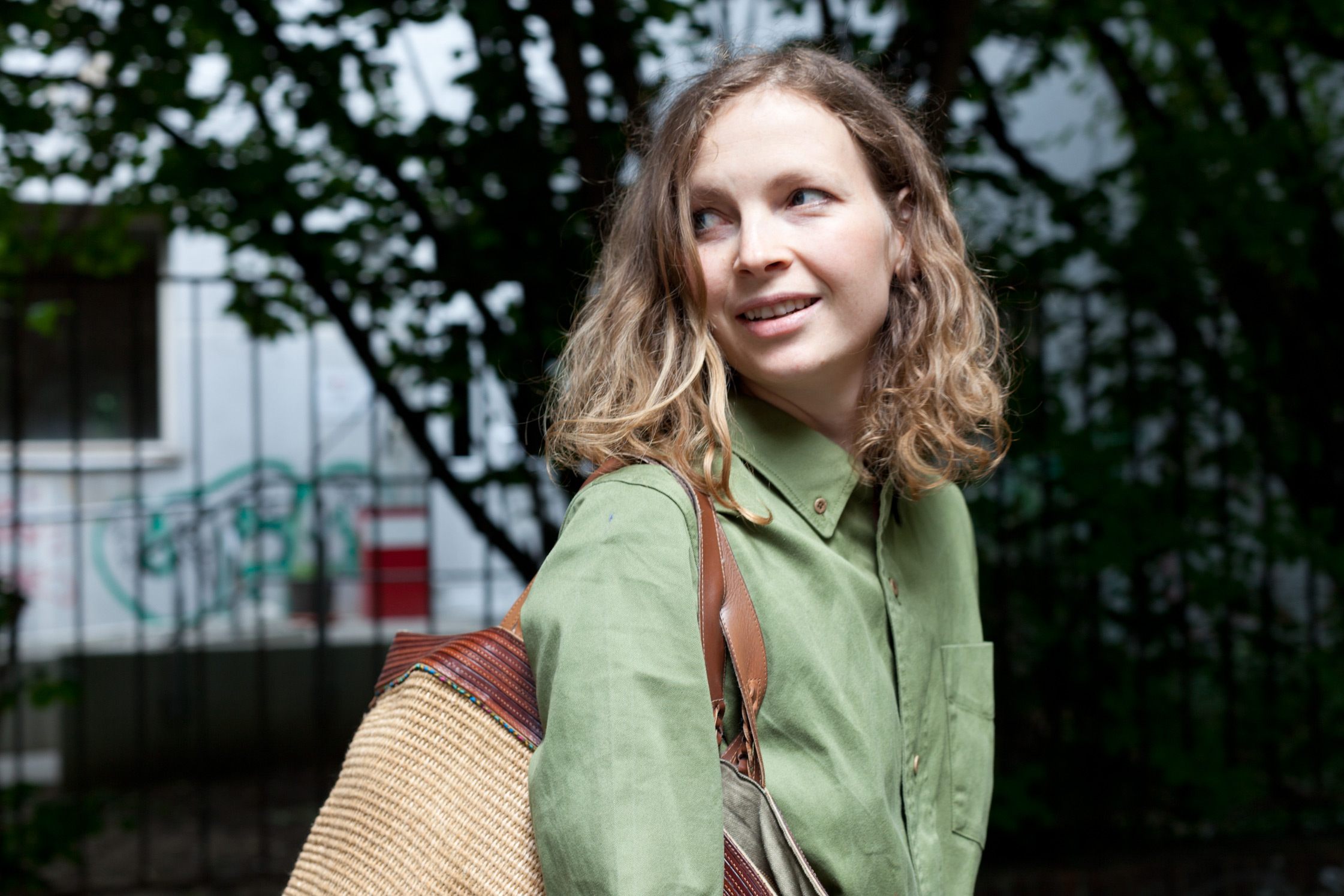
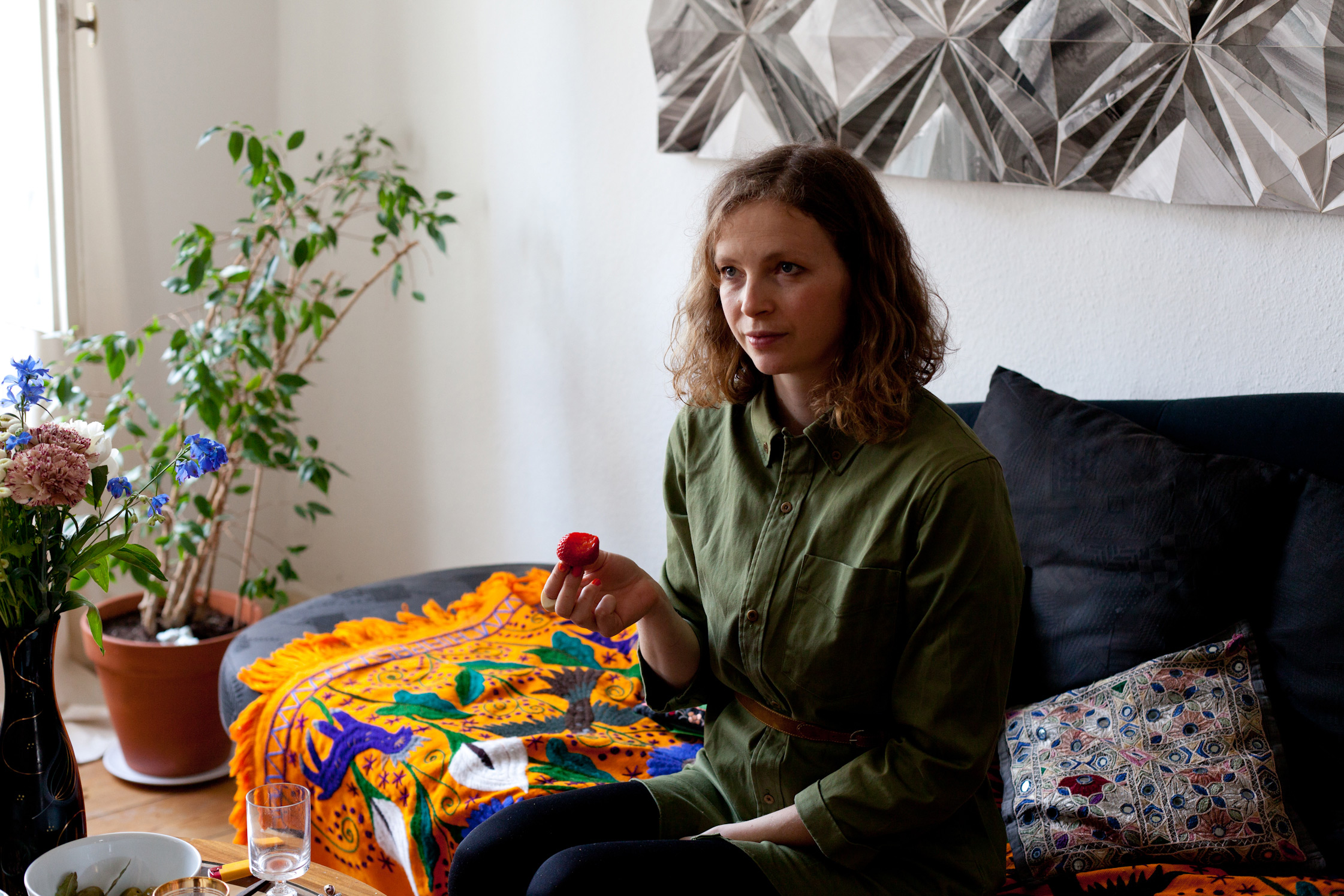
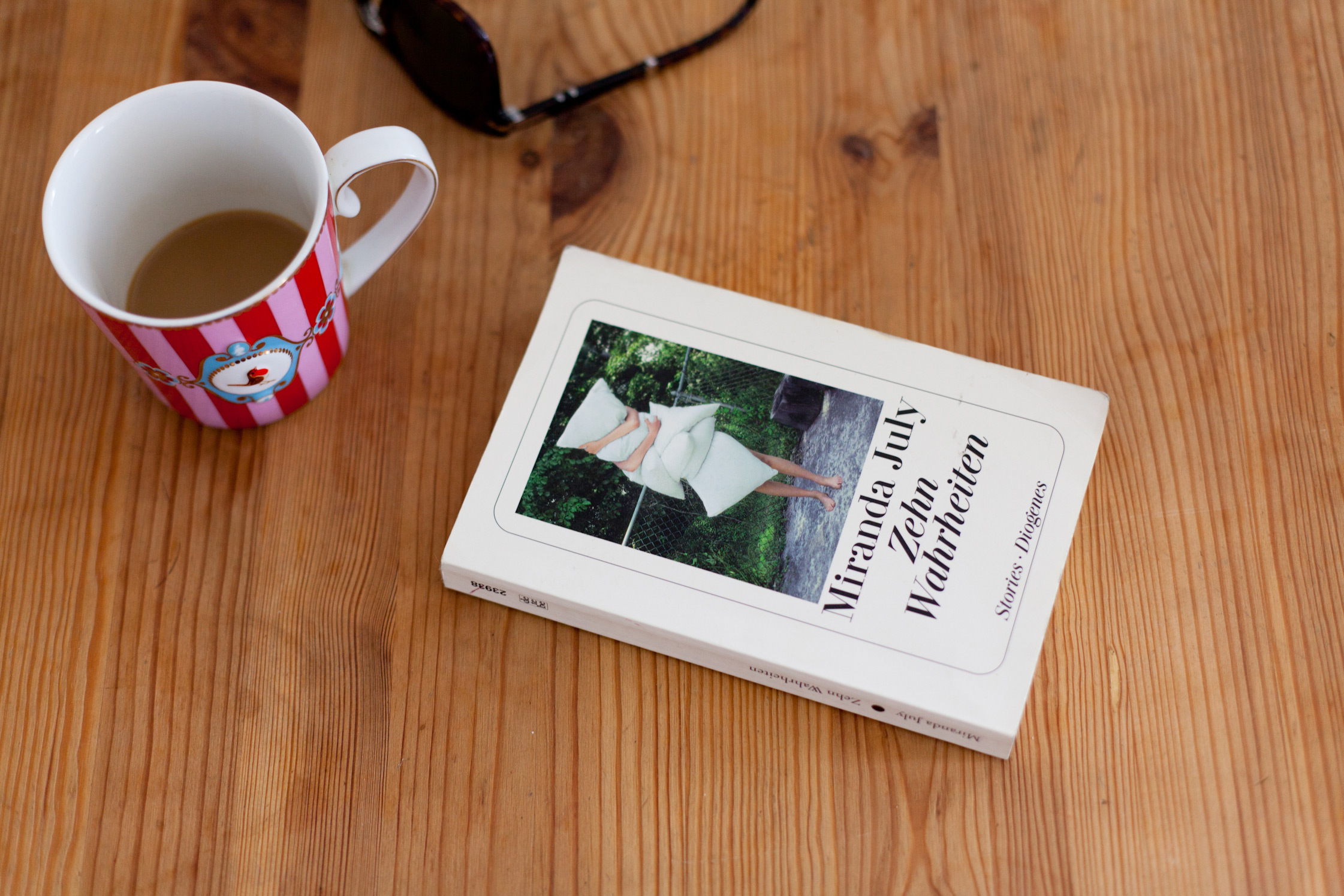
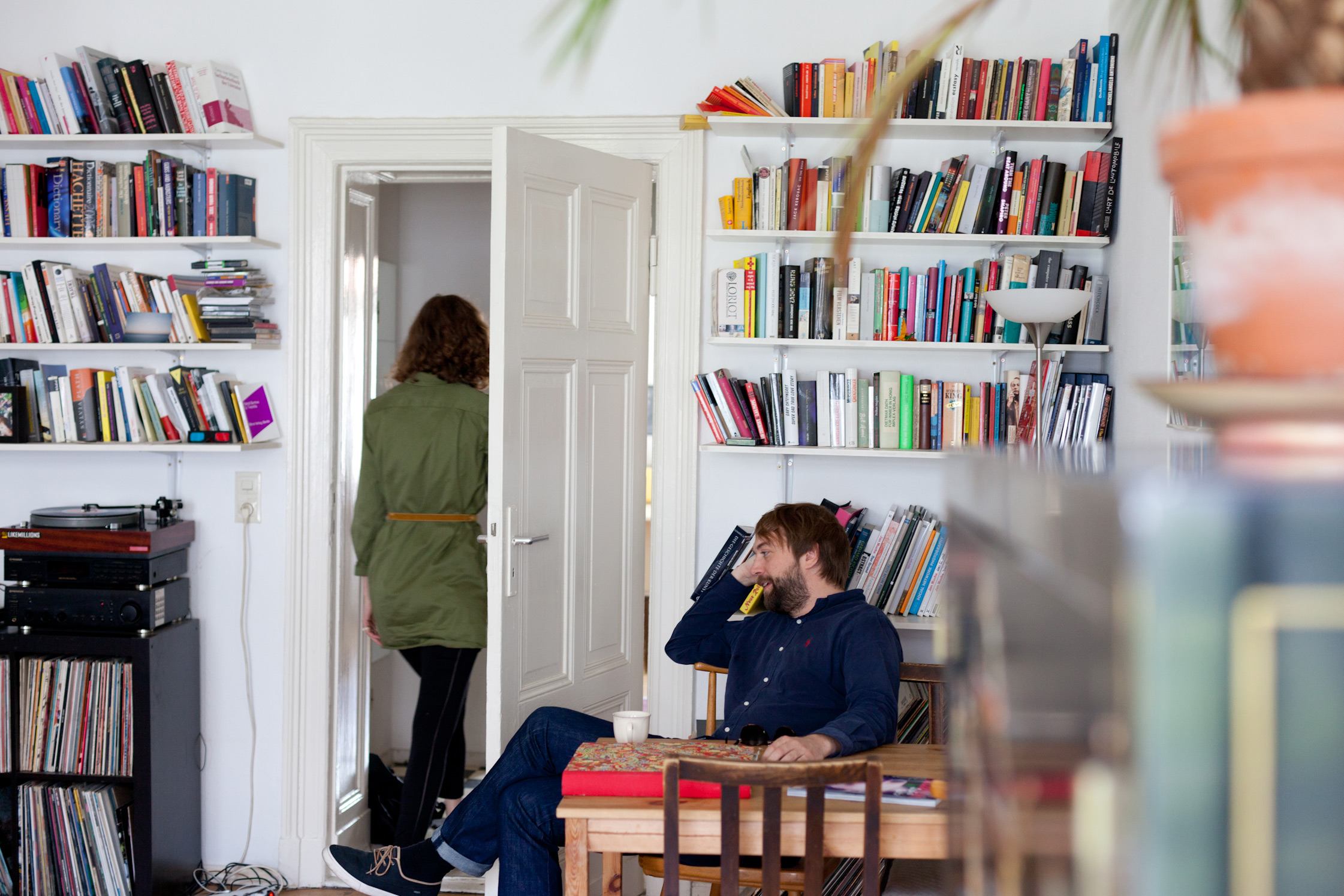
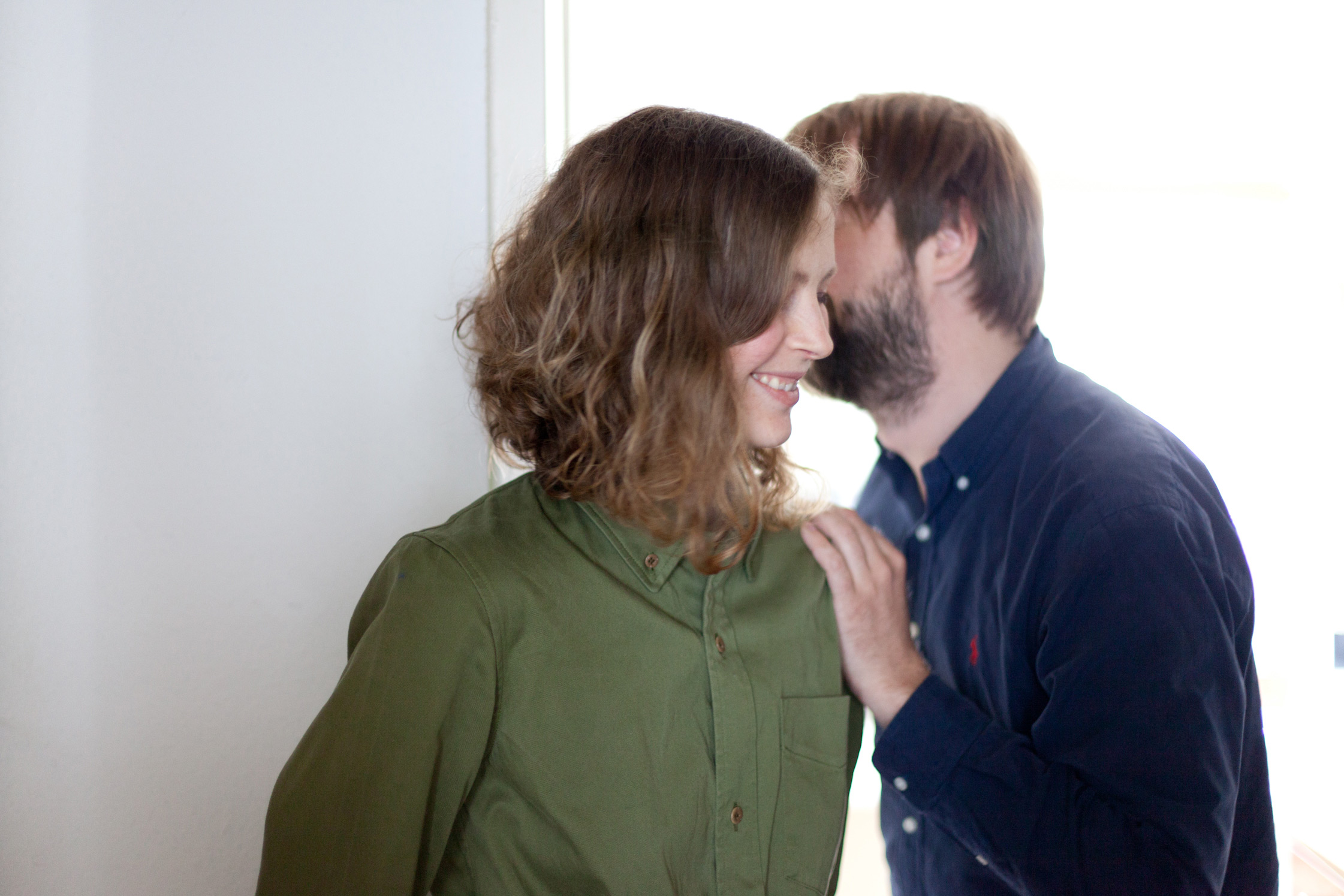
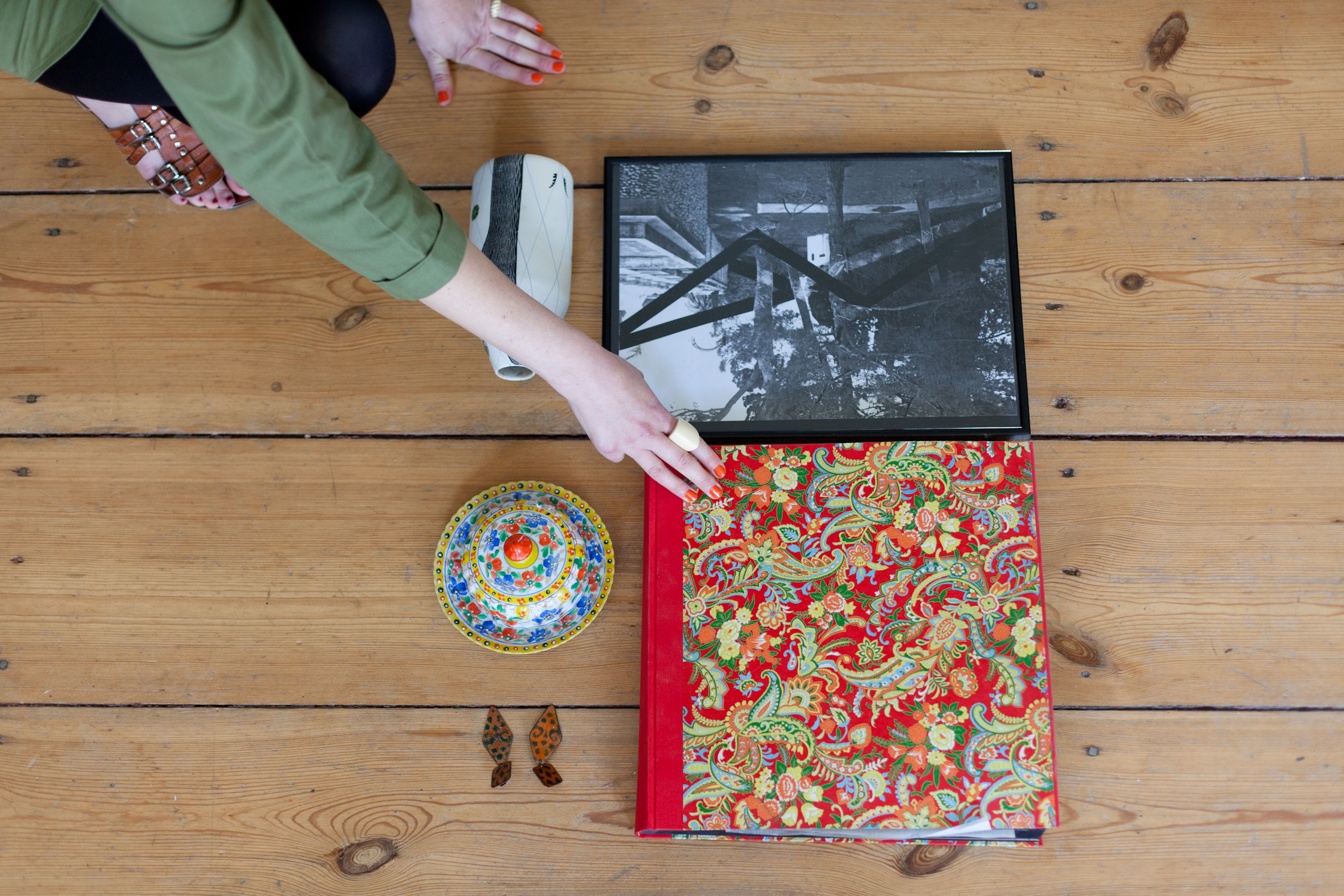
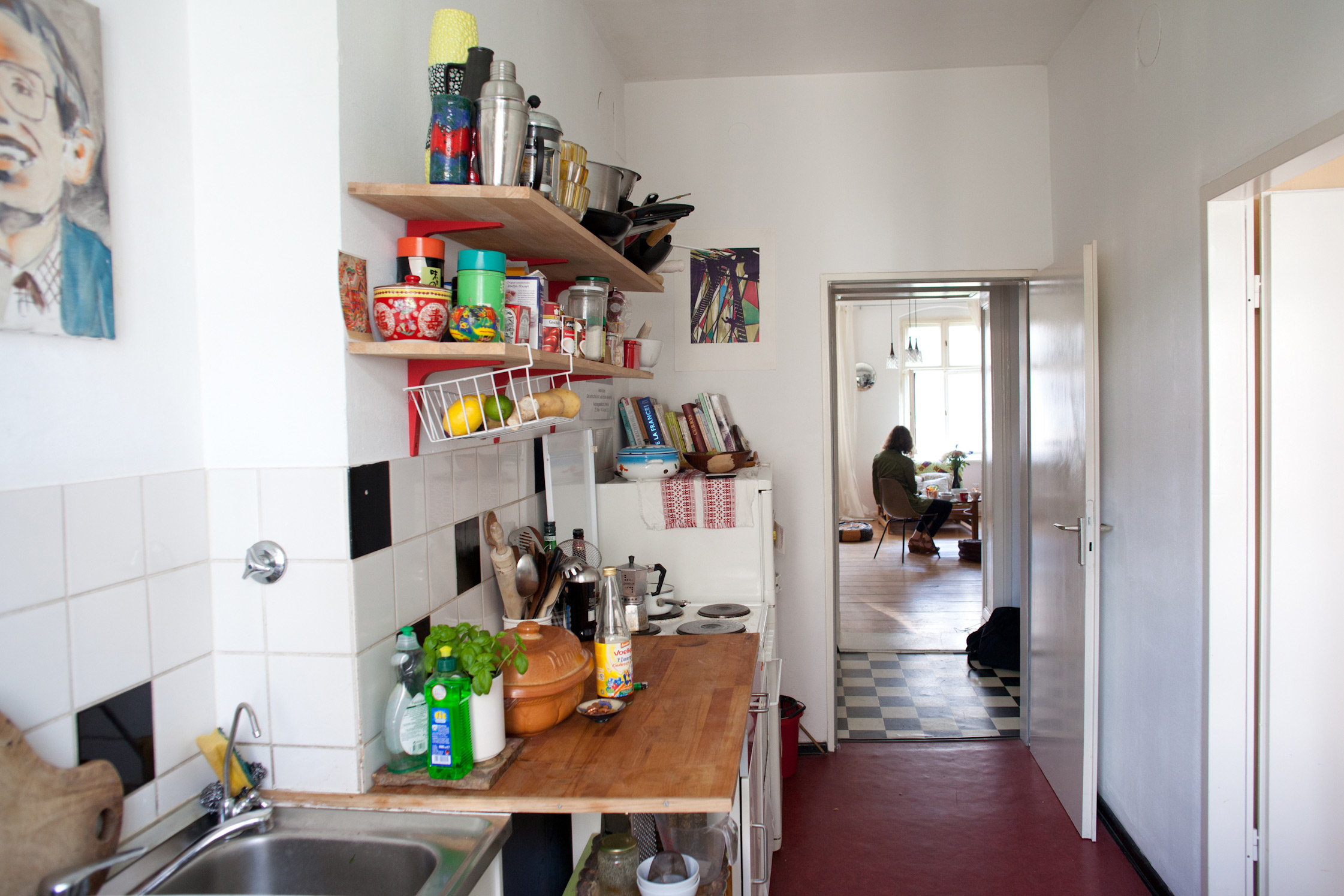
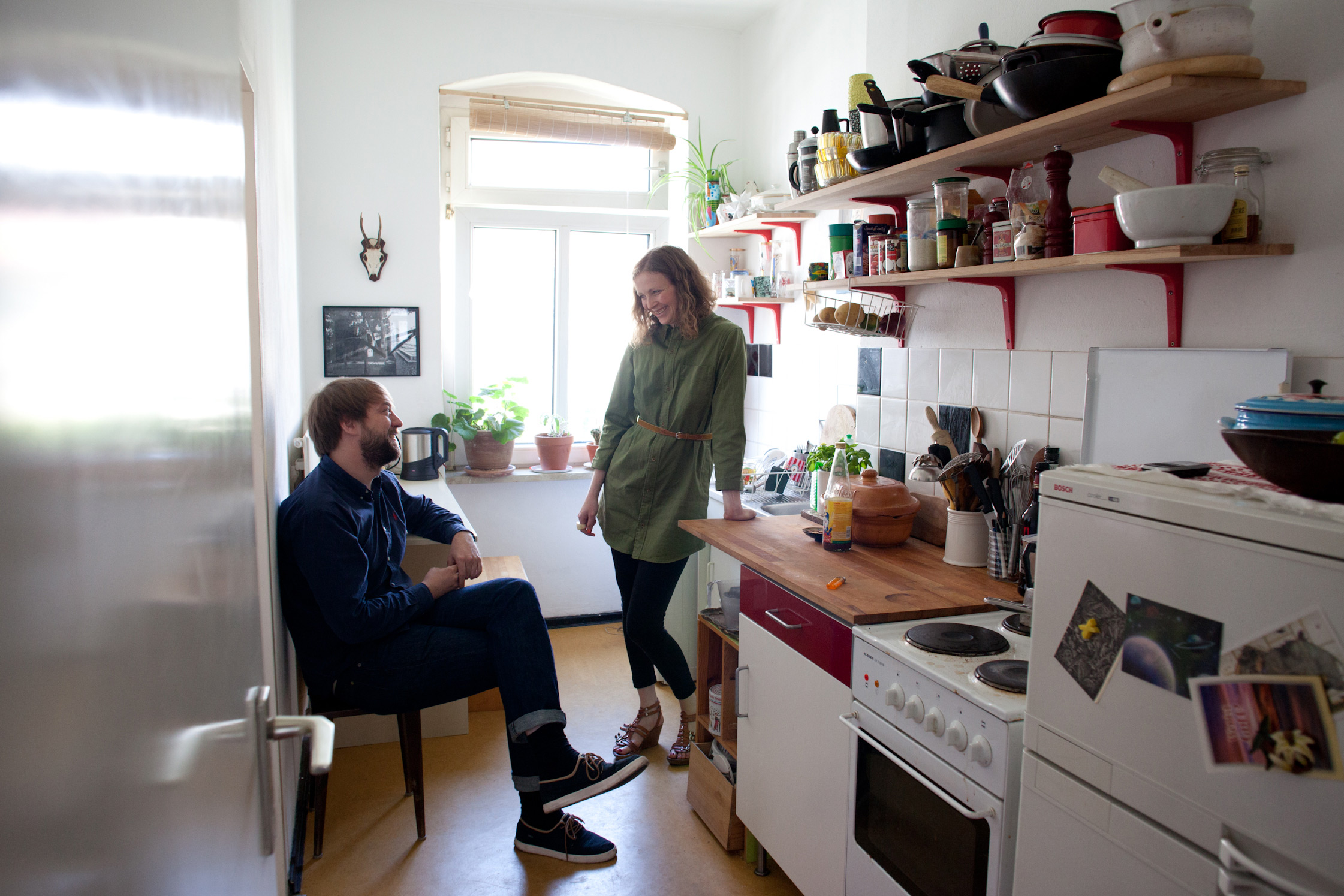
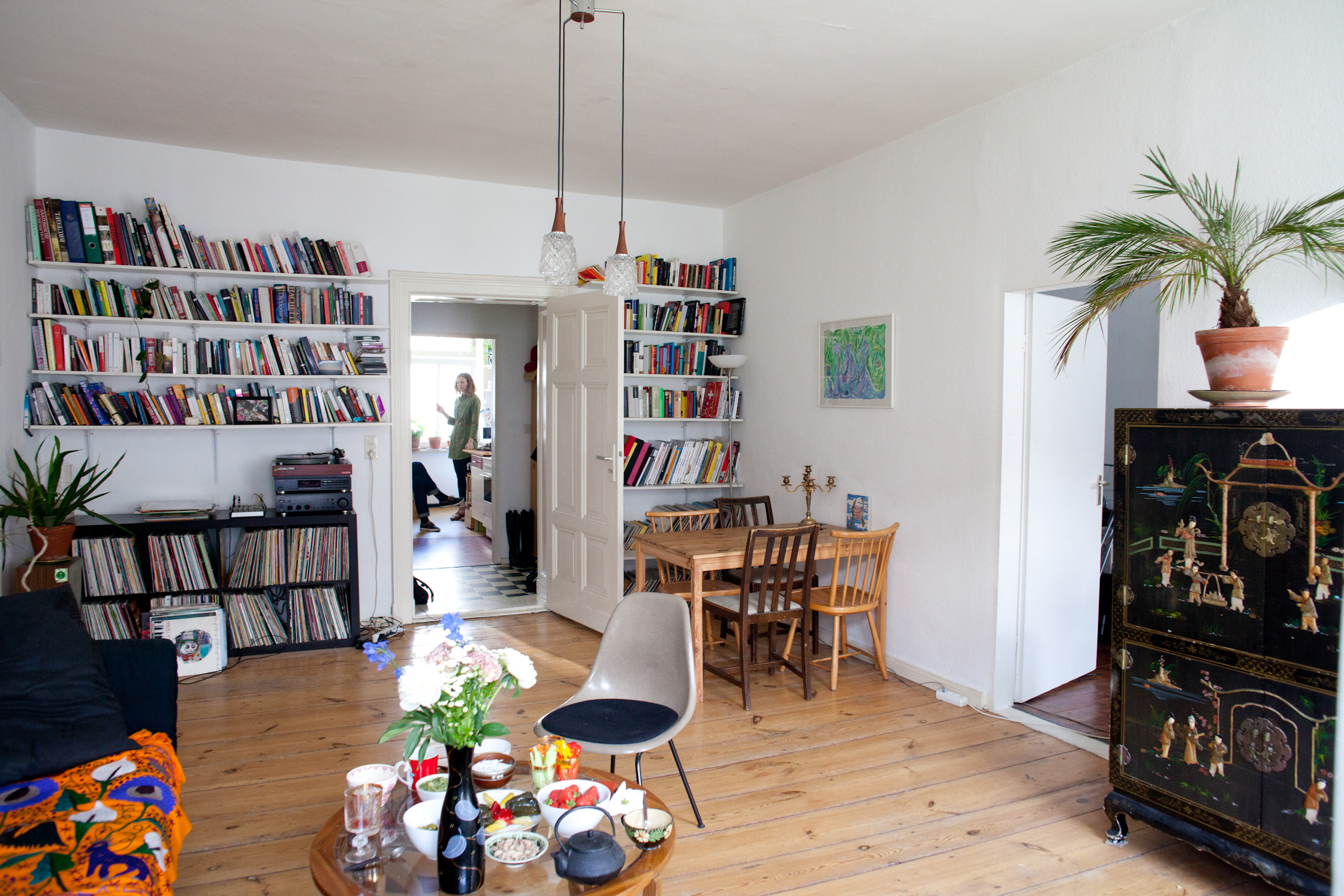
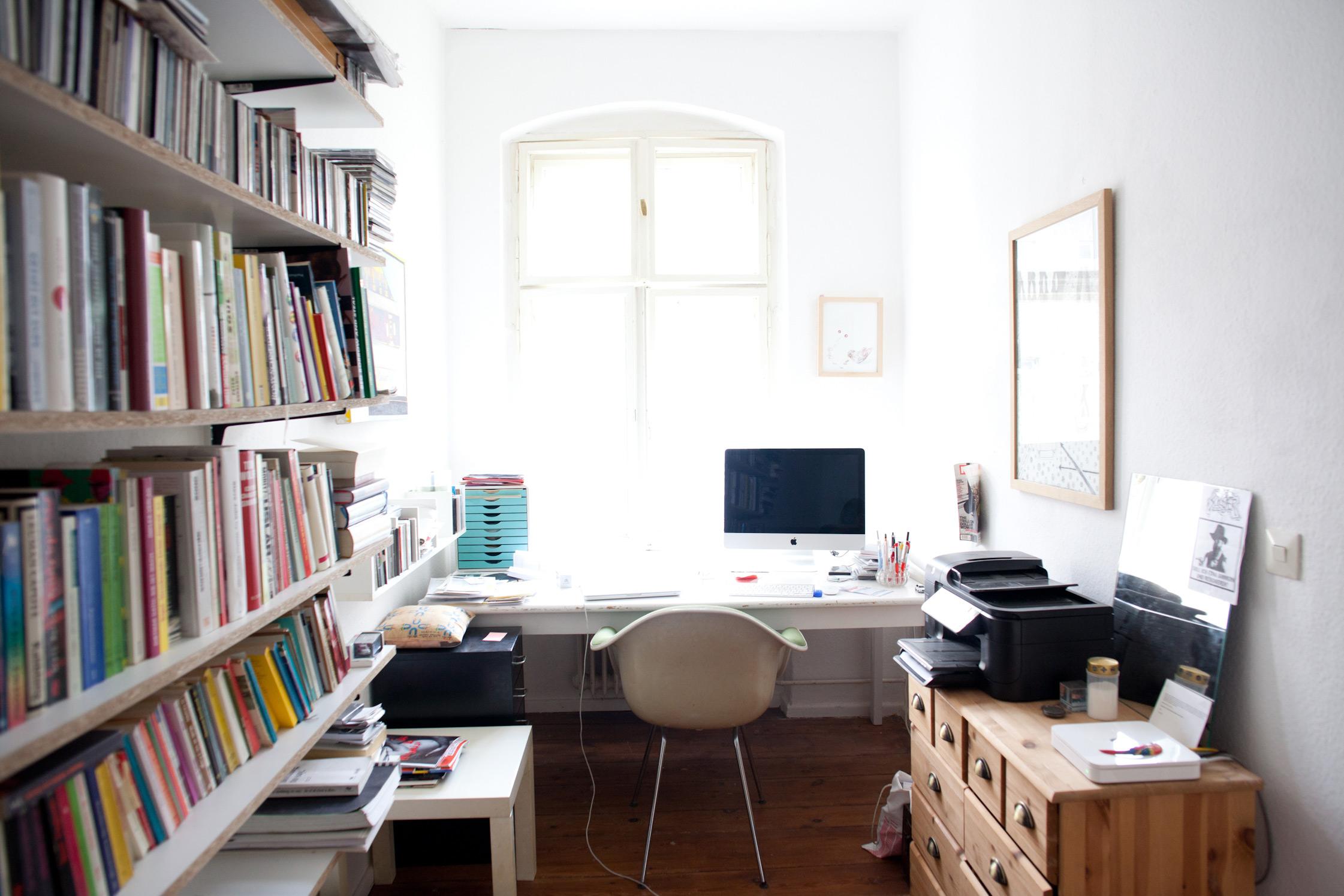
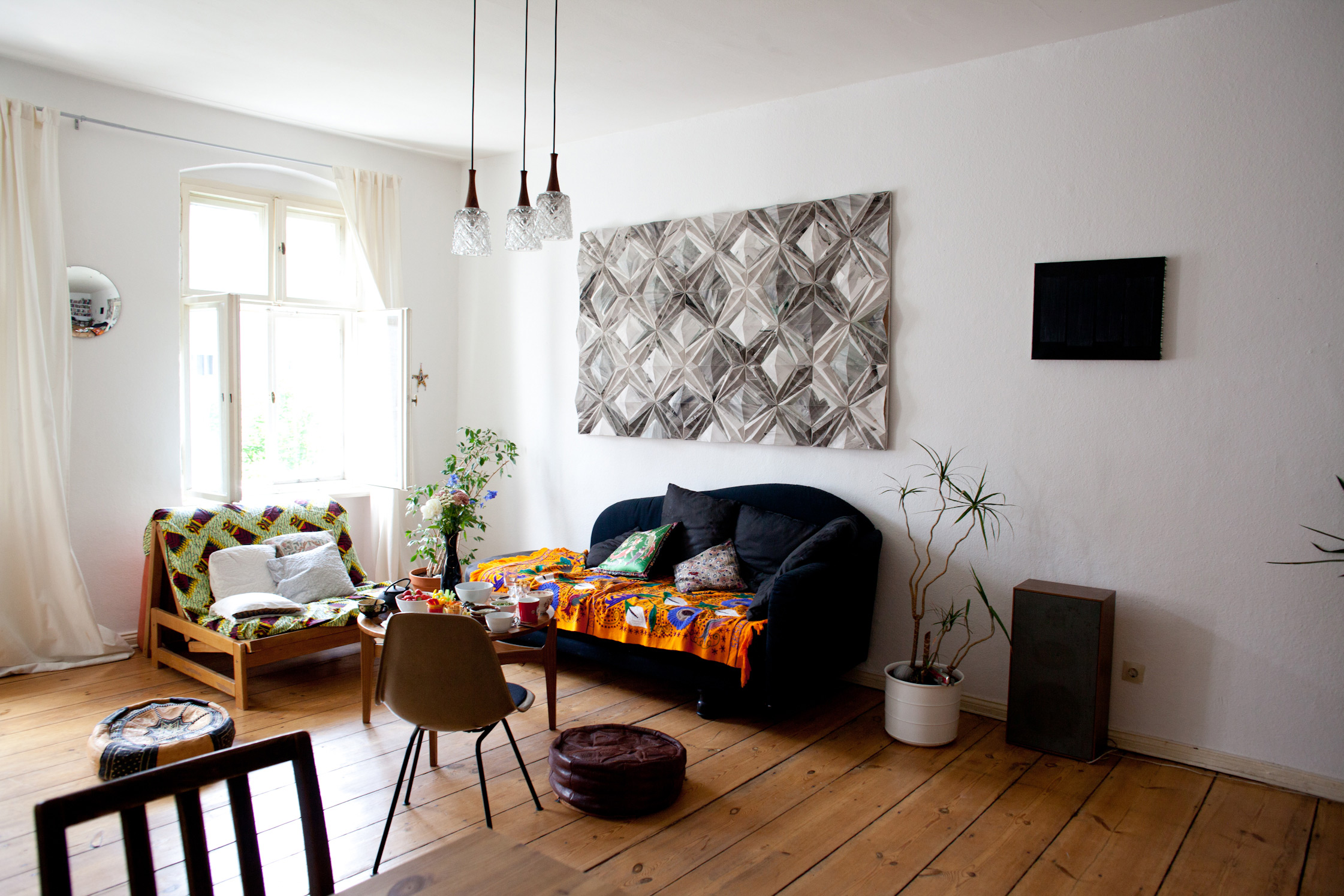
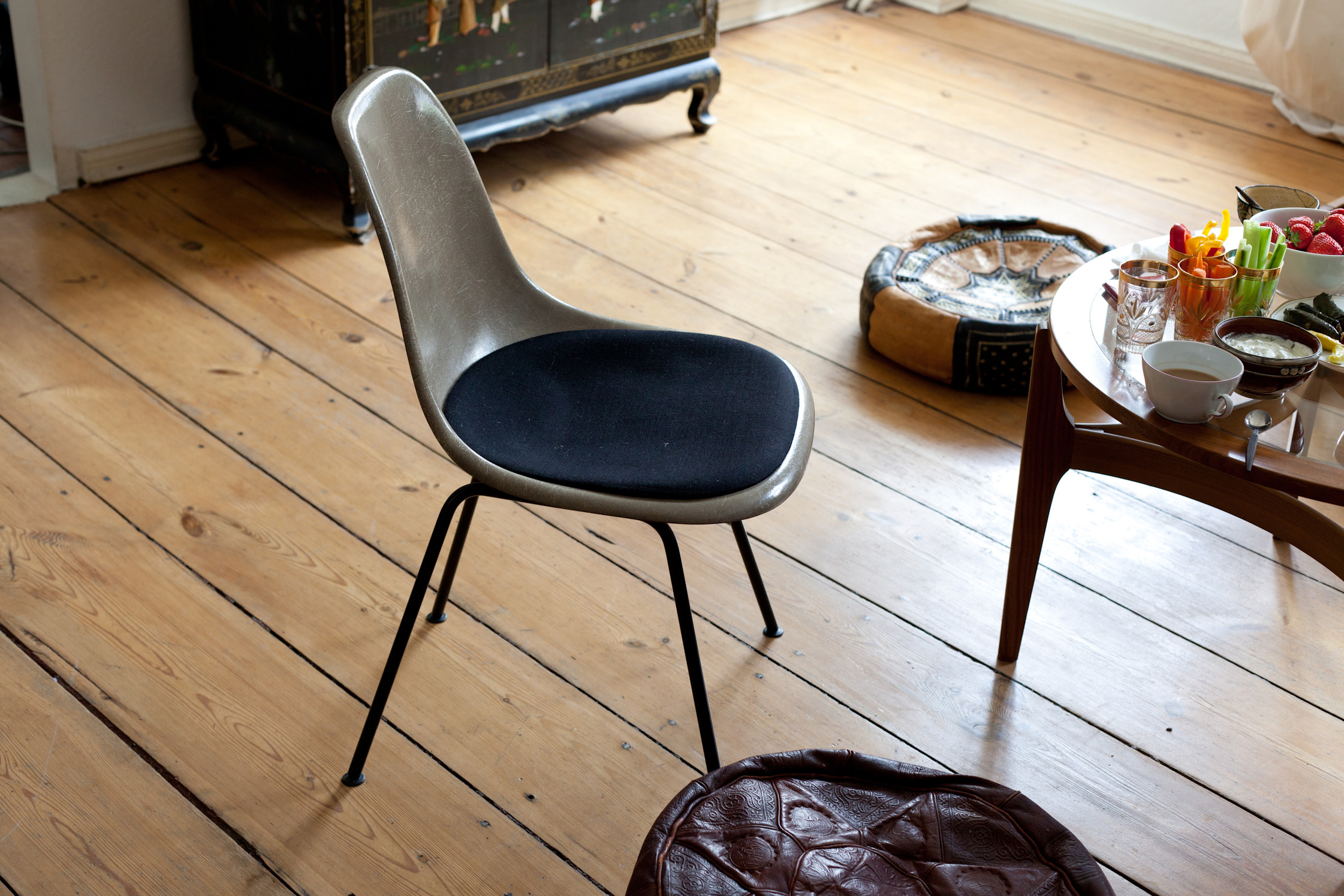
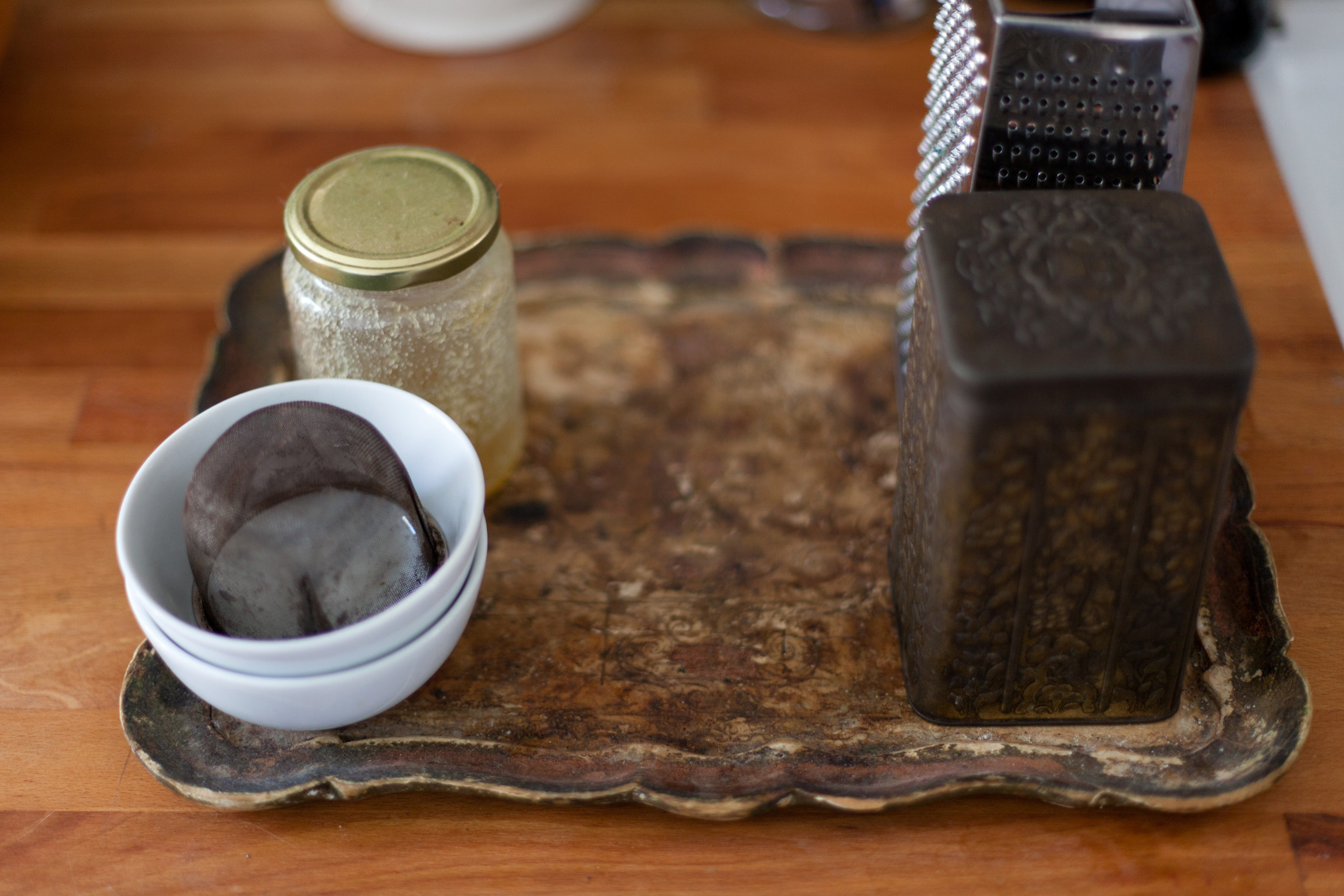
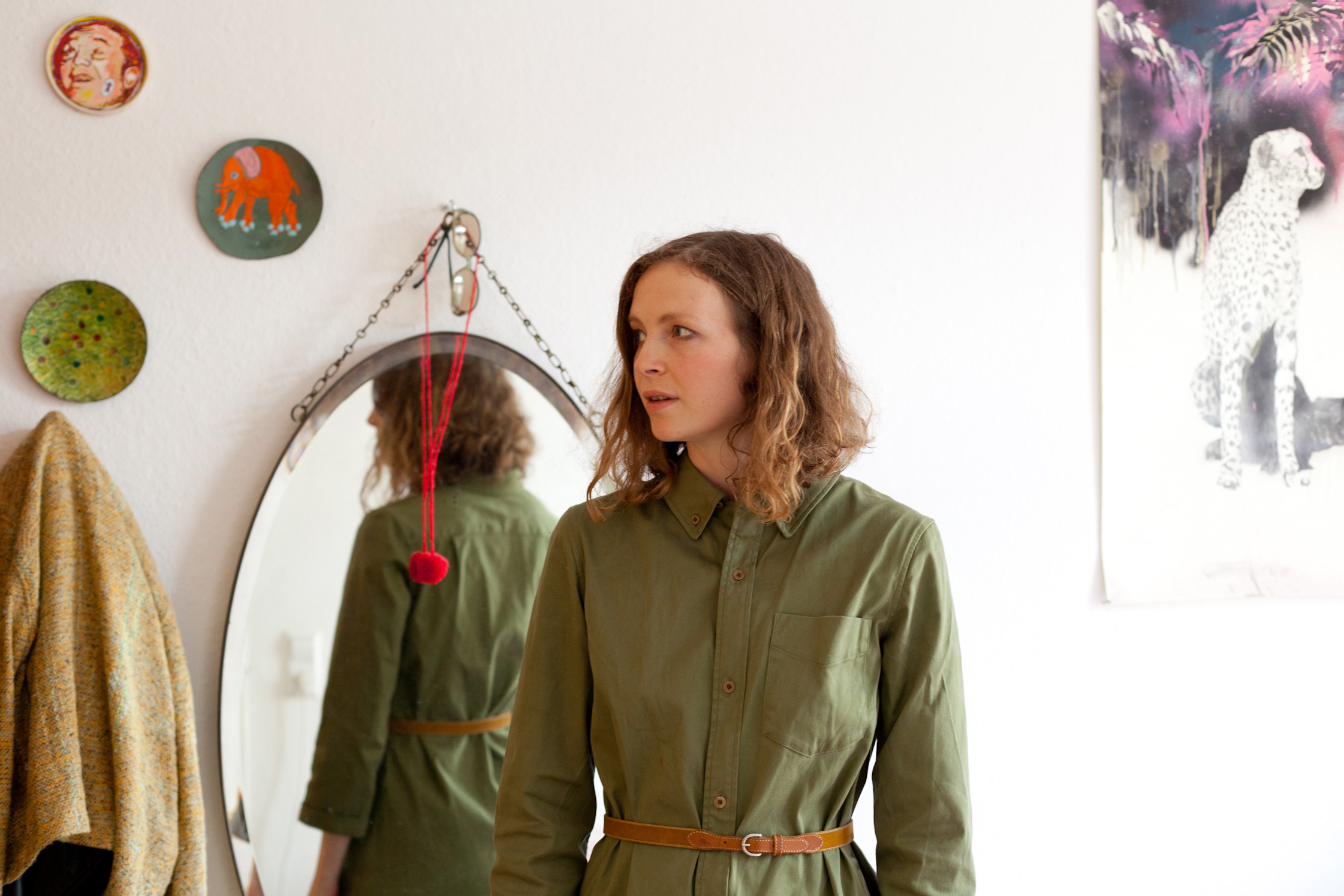
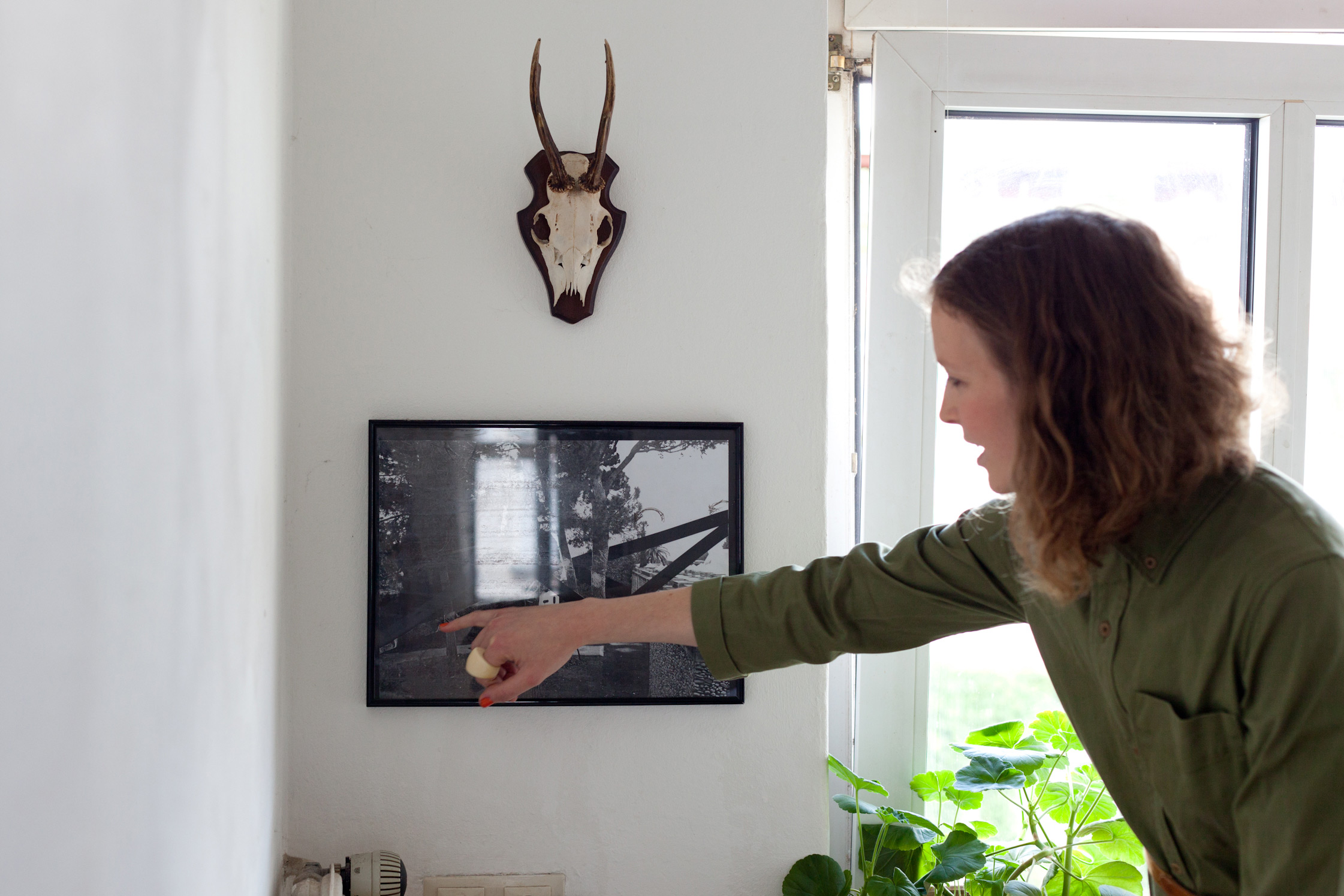
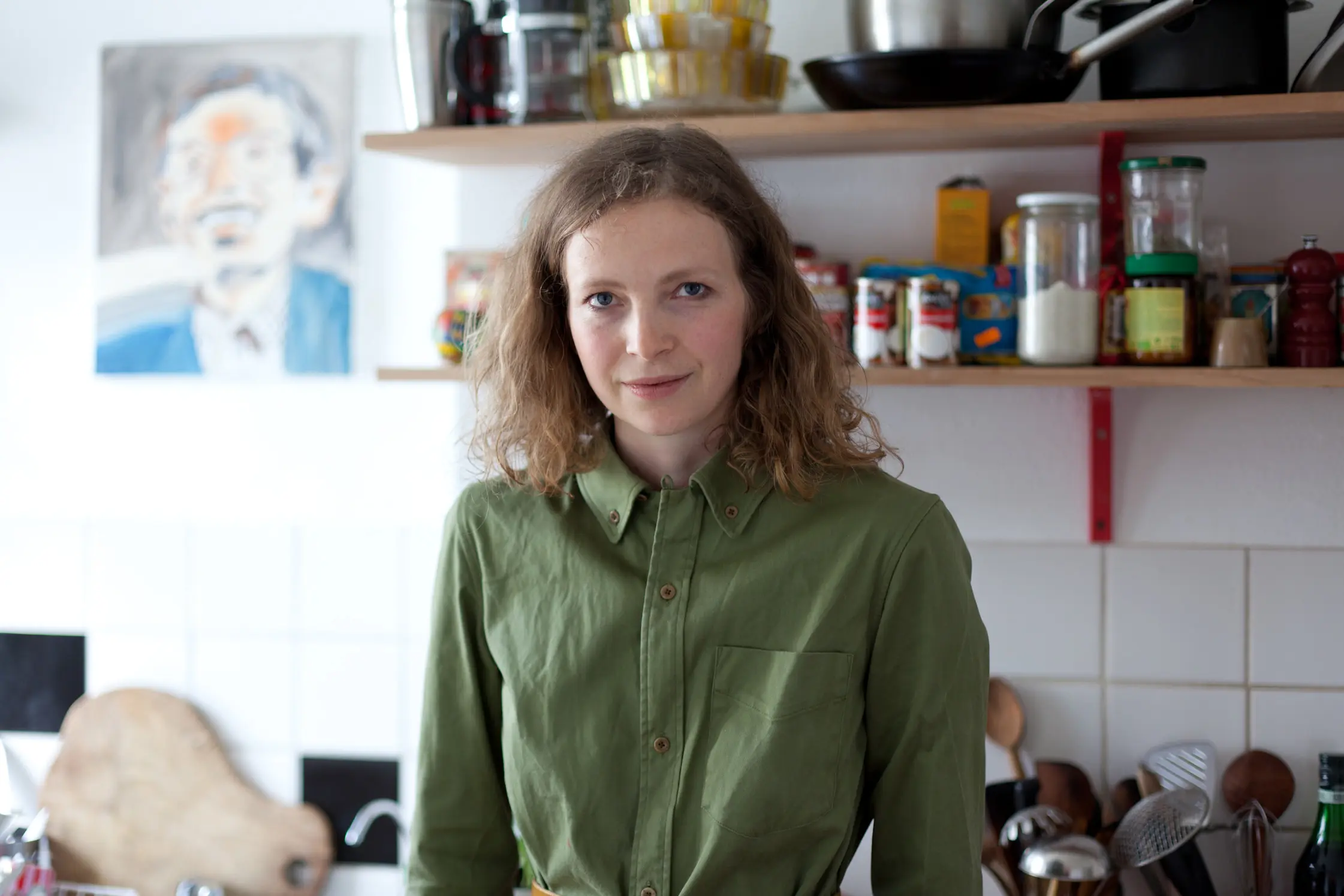
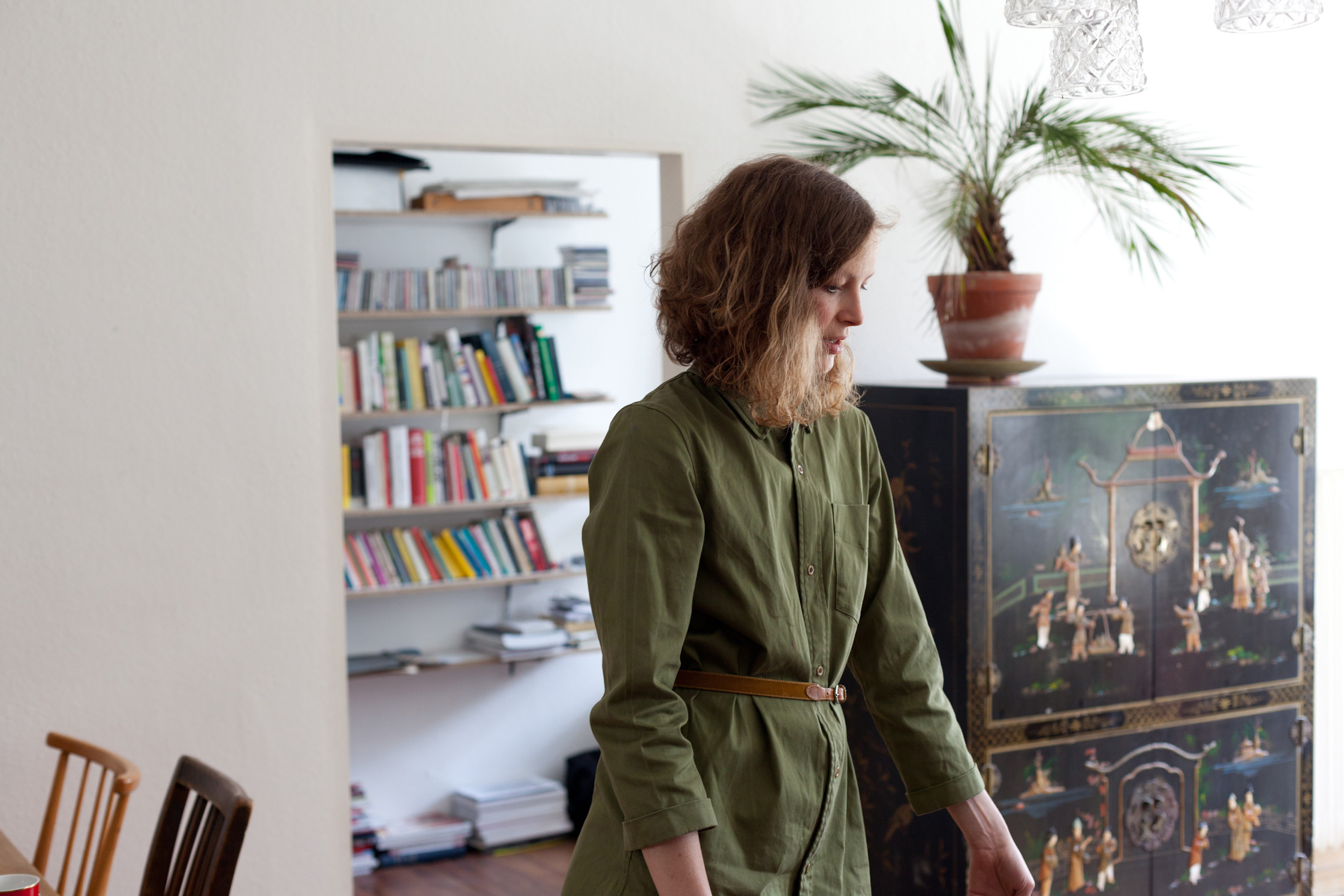
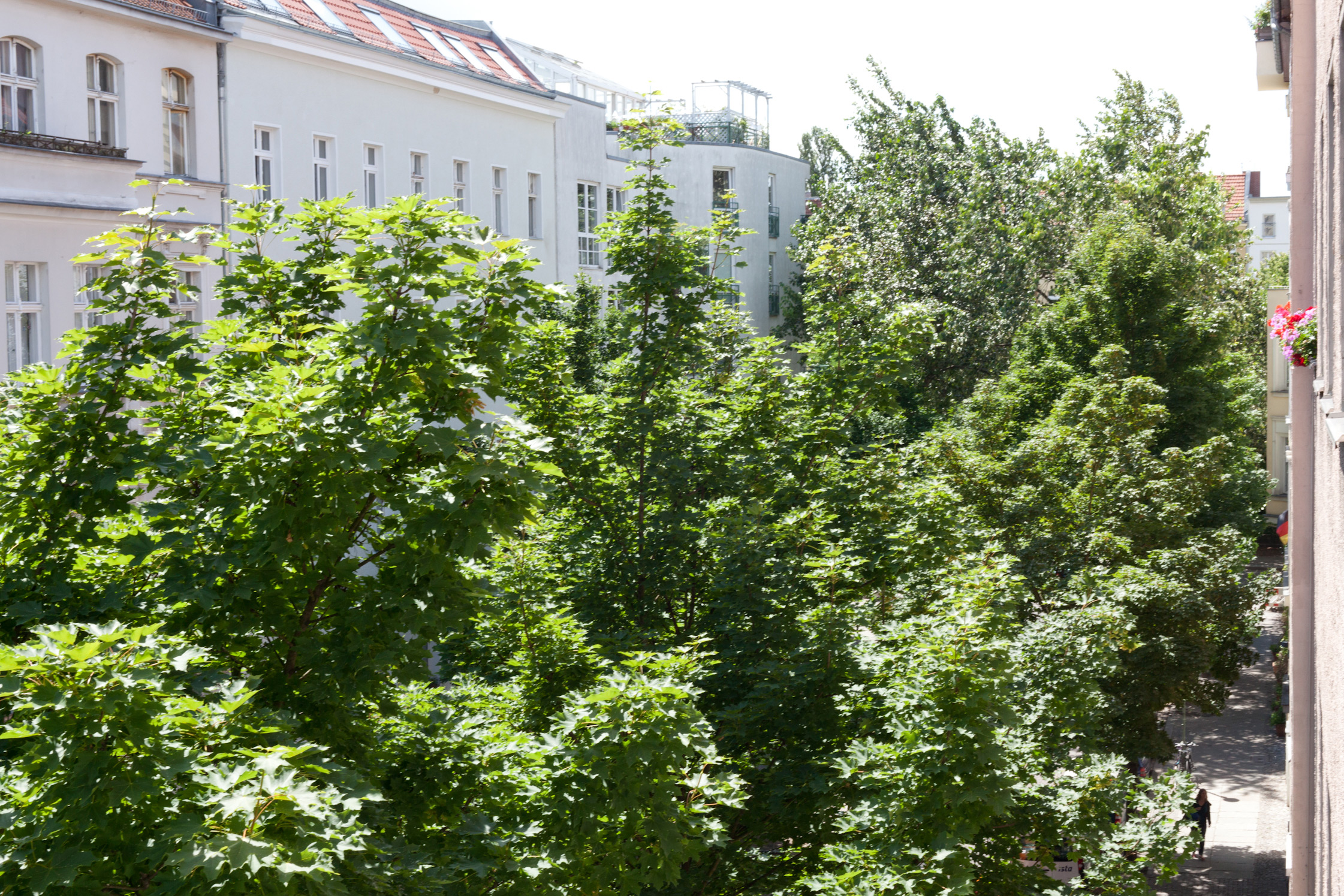

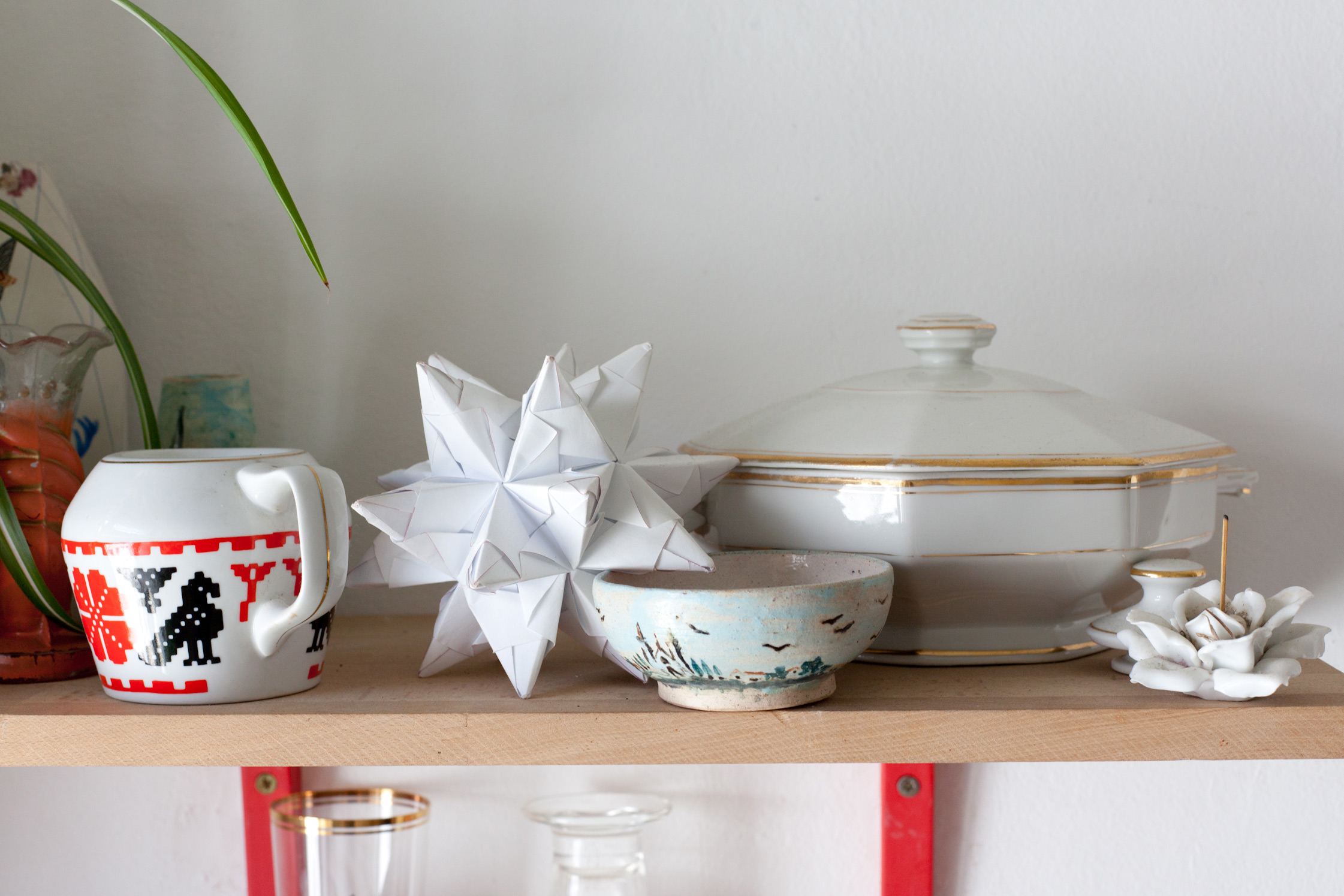
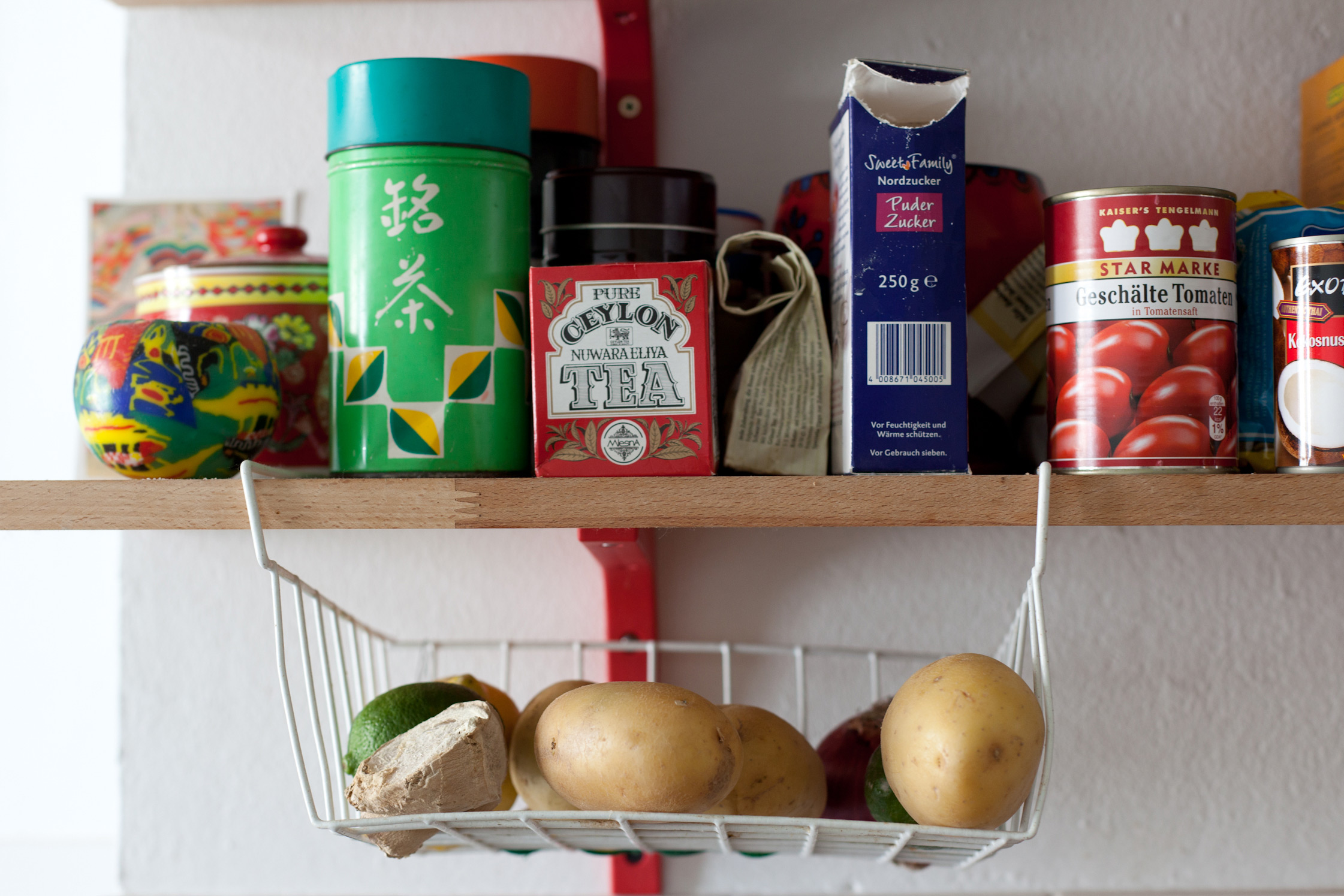
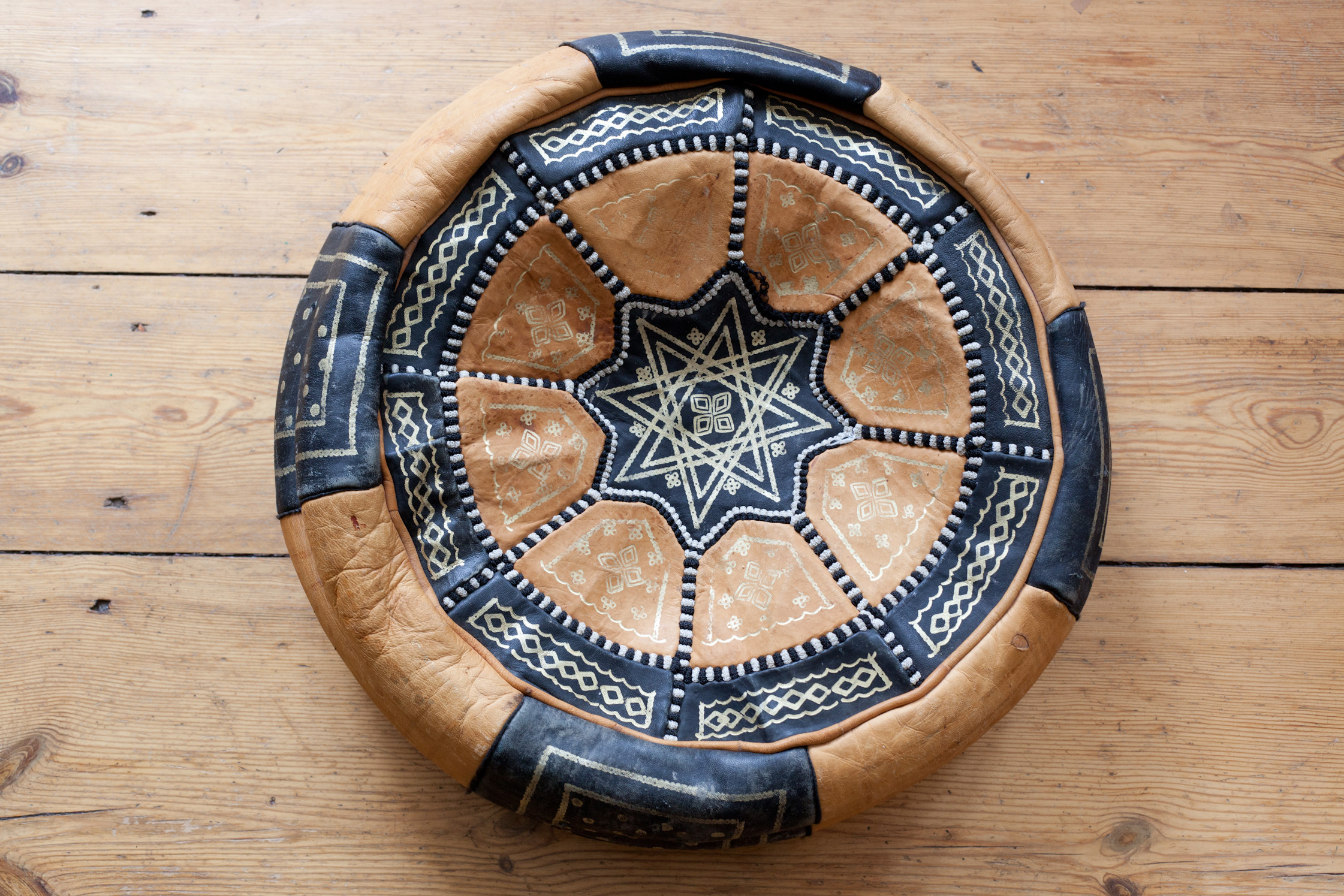
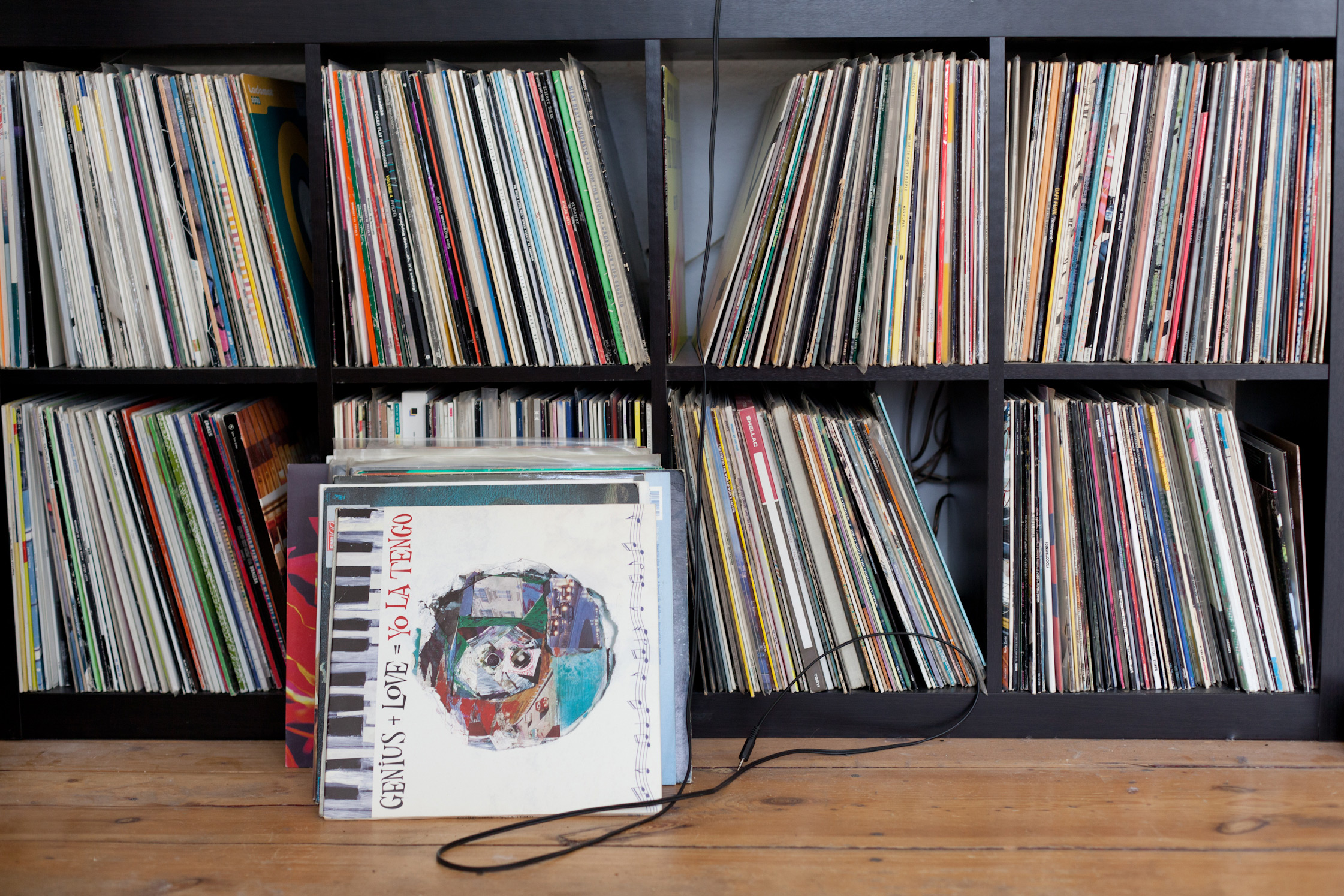
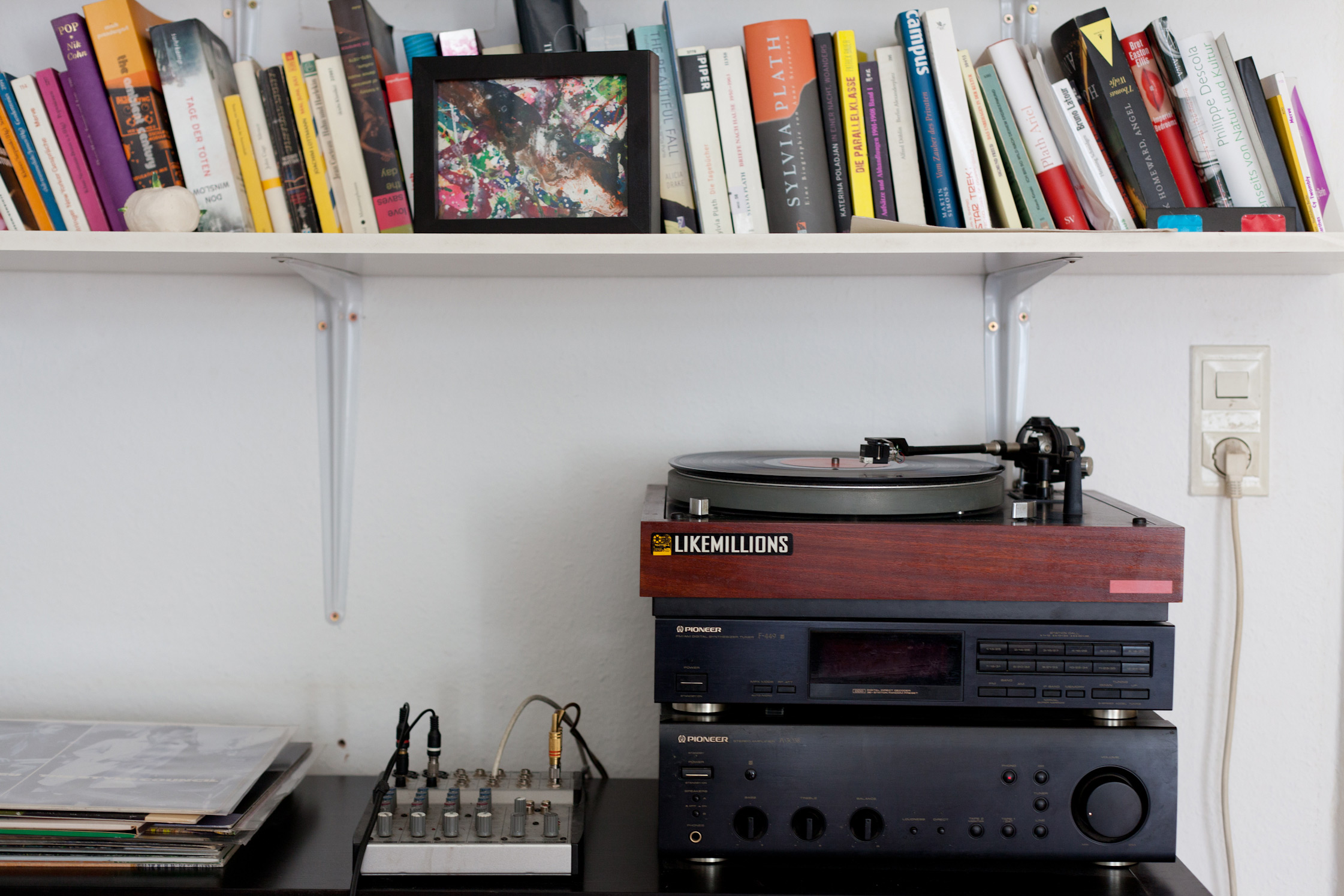
At the age of 12 Zora spent her holidays with her father in L.A. and was found playing on the streets. Back in Munich, she immediately signed a contract to become the youngest professional model in Germany. At the age of 14, she did her first overseas job in Arizona, USA: “I got 2000,- Deutschmarks, it was the 90’s. That was big money for a teenager. My mother was not really happy that I began modelling at such a young age, she has tolerated, even supported it sometimes, but in retrospect she was always rather sceptical about it. My father was very enthusiastic, he was and still is really proud of my modeling career and has pushed me.”
When she turned 16 Zora left for Paris. From the very beginning she was booked for all the major international fashion shows. Nick Knight was eager to have her in front of his camera. This was the ultimate accolade for any model at this time. Mark Borthwick shot her in the backyard of his New York apartment. In this shoot Zora’s beautiful face and body were concealed by some cushions that she held in front of herself. This was like an omen for her: The pic is going to be a part of the Sonic Youth Cover of “A Thousand Leaves” (It was also used for Miranda July’s book “No one belongs here more than you” and in the German translation “Zehn Wahrheiten”). But nonetheless, Zora decided to turn her back on modelling in order to study fine art.
“At my school I had to, as arrogant or trivial it may sound, assert myself. With modeling, I was rather successful, it was quite easy for me to get a job. In Nice I was confronted with the fact, that there of course were other talented people, too. People, who might be better than I was. This only made me work even harder. At the very beginning, I still did some modeling jobs, but it was obvious where my priorites were.”
Through her modeling career, Zora was able to safe some money: “In Paris I enjoyed life, we were very often having dinner at restaurants and such. But I got my clothes for free. It was the 90’s, I was surrounded by escalating over-consumption. To refuse extravagance was my kind of protest. I did not spent my pays, I was pretty frugal, more than I am now”. This attitude was very helpful for her later in life. Zora bought a very down to earth apartment in Nice instead and financed her education with her savings.
Zora’s mother is from Uganda and her father, from Kenya. She is, like both of them, a British citizen. Initially she grew up in England. But her parents are members of the Sannyasins and followed their guru Osho – even to the city, which he had built in Oregon, USA. “We wore only red-orange clothes. It was pretty tough for a child to go to a regular school. I can understand what attracted my parents to the Sannyasins. With my kids though, I would never do that. As a child you gain no recognition. We were often separated from our parents and I missed them a lot. When I was seven, we were educated privately at a residential school. After a while, we took off our red-orange robes and went to a public school again. But I was wilder than all the other kids. I used to live in a flat shared with 20 people. I was 8, when a friend of mine came to visit me at home. One of my flatmates was expecting her boyfriend and opened the door topless! There was my bourgeois friend with her mum standing with an open mouth, they almost fainted. I felt terribly embarrassed.”
When Zora was 4 years old, her parents split up. At the age of 12 she does moved from a flat-share sitaution to, for the first time, an apartment with just her mother and her boyfriend in Munich. Zora has only one or two very close friends, that’s it. She was bullied by school mates for her modeling work. She remembers 20 children at school surrounding her with a magazine in their hands featuring her on the cover. They shouted, ‘Here, sign this as you’re famous now!’ after teachers intervened. Recounting this story remarks, “I only wanted to get out of this narrowness and be somewhere, where no one knew what I was doing or who I was.”
Zora decided to finish college at her father’s place, who now lives again in Kenya. Her new classmates soon got to know about her new “part-time job” and responded negatively. However, she never regretted her modeling career: ‘It gave me so much freedom. I could always do what I wanted to do. I had an incredible amount of time to read books like, Henry Miller, Burroughs and Sartre’s dramas.”
In Kenya, Zora caught the attention of photographer Peter Beard, one of her father’s friends. He invited the 15-year-old to Paris. One year later she landed in the French capital and her career contiued to develop. Despite all the excitement of the fashion industry she could not ignore the feeling that she existed in a bubble; a microcosm of its own. She worked very hard and at this time lived with her boyfriend who was a musician, often spenging time with other bandmates and their model girlfriends.
At 20, she took her first break. With her then-boyfriend, she escaped for half a year to Iceland. On returning to Paris she no longer felt comfortable and applied for art school. The decision to go to Nice was one against Paris. For Zora it was like a liberation from a life that at a certain point felt unreal. Today, Zora casts her thoughts back happily: “In our kitchen is a picture of my friend Hannah Hallermann. This is kind of a collage. It points the way to our Academy, in the background you can see the seaside. I spent so much time over there. I still love it.”
The 32-year-old now lives with her boyfriend, journalist Hendrik Lakeberg, in a Berlin-Kreuzberg apartment: “Actually, I have always lived like I am in a hotel. Often like I was squatting. But since Hendrik and I started living together, we have settled, however, we hardly have any furniture. A lot of stuff is from friends. Or something I found on the street and saved. I would really love to live in a completeley white apartment, with little decoration. But I haven’t managed to do that. I always start collecting little things, small art objects and such.”
Besides the art in their living room, there is a portrait of Denis Castellas, that Zora exchanged for one of her portraits that she took of her friend Hannah Hallermann. Again, the name Hannah reappears. Zora is still surrounded by only a very few people, which is touching in a way and Hannah is certainly one of them. From a distance she seems to watch people. There is a vulnerability to her that is also mirrored in her approach to her work as an artist.
“I work with oppositions, in terms of the space and the content, as well. Art is able to connect paradoxes in a unit. It is a struggle with the world, so I do it.“ Zora’s studio is a colorful jumble with canvases carefully placed against the wall and sketches kept safely in folders. Zora collects what she dreams. Glass fragments, dandelions, war bombs, and various quotations: ‘The risk of inaction is far greater than the risk of action’ quote by the then-Vice President, Dick Cheney before the U.S. attacked the Iraq. “These words were so cynical to me, I simply had to work with them. From time to time one can find quotes in my paintings, I like the idea of incarnation and necromancy.”
Zora’s career looks like a spiral, there is always some form of overriding continuity. Last year, she wanted to allow more warmth: to let the creative process be still visible. She continues make room for improvisation. On the canvas, she has returned back to a cooler style. “What I love about painting is that you find yourself often at a point where everything is possible. With each single move, you can change everything.“
Thank you Zora for your time! To look up more info about Zora, visit here site.
Text: Nella Beljan
Photography: Mirjam Wählen
